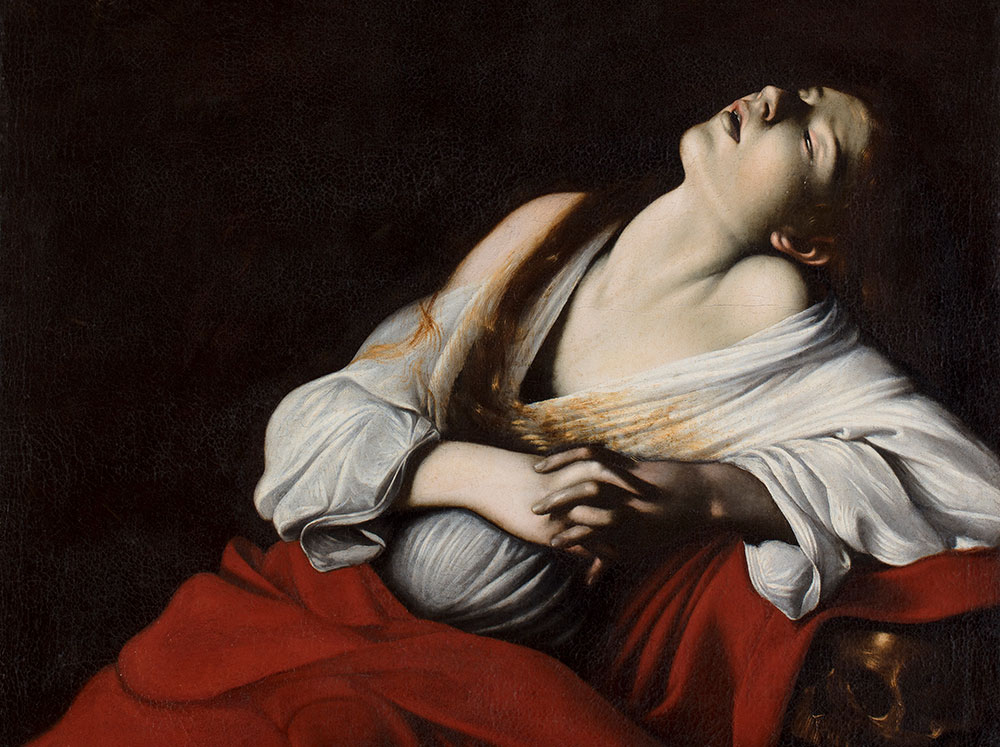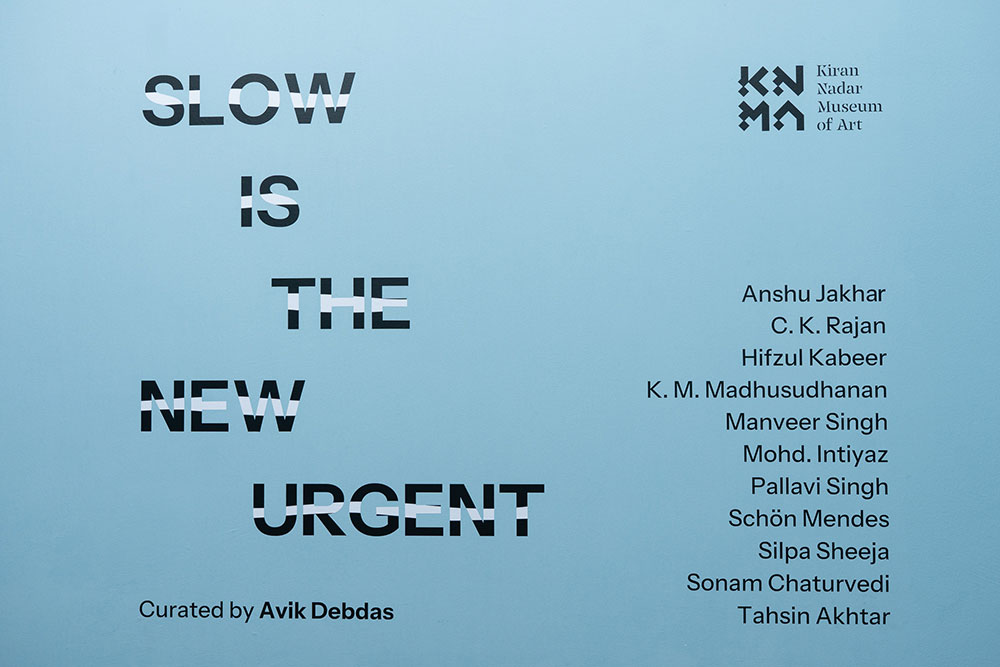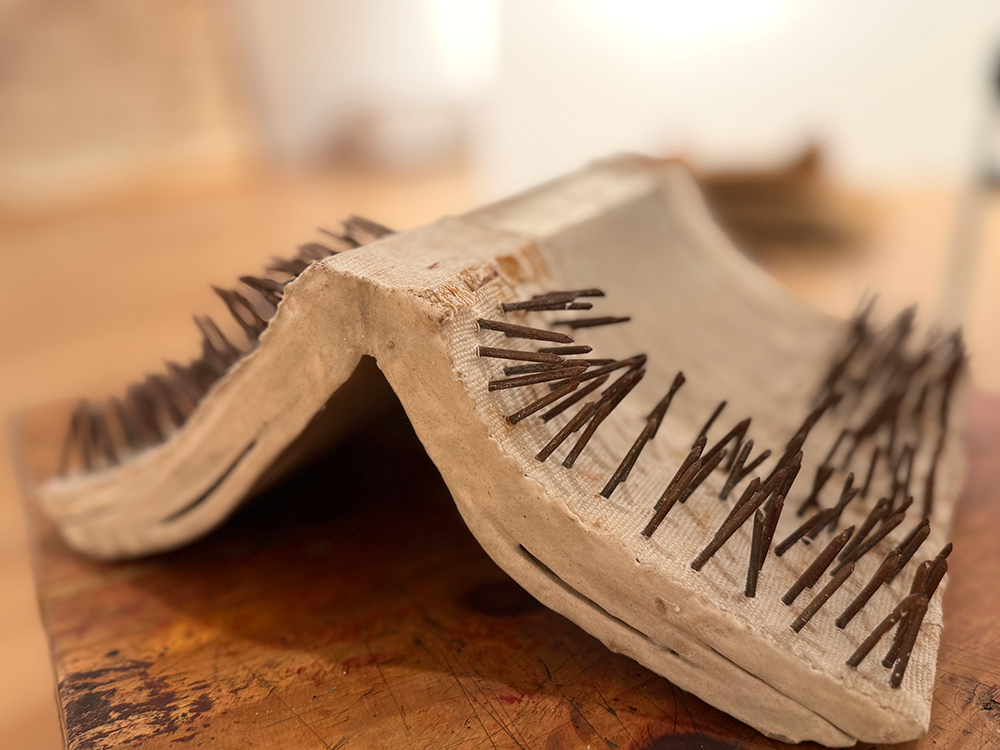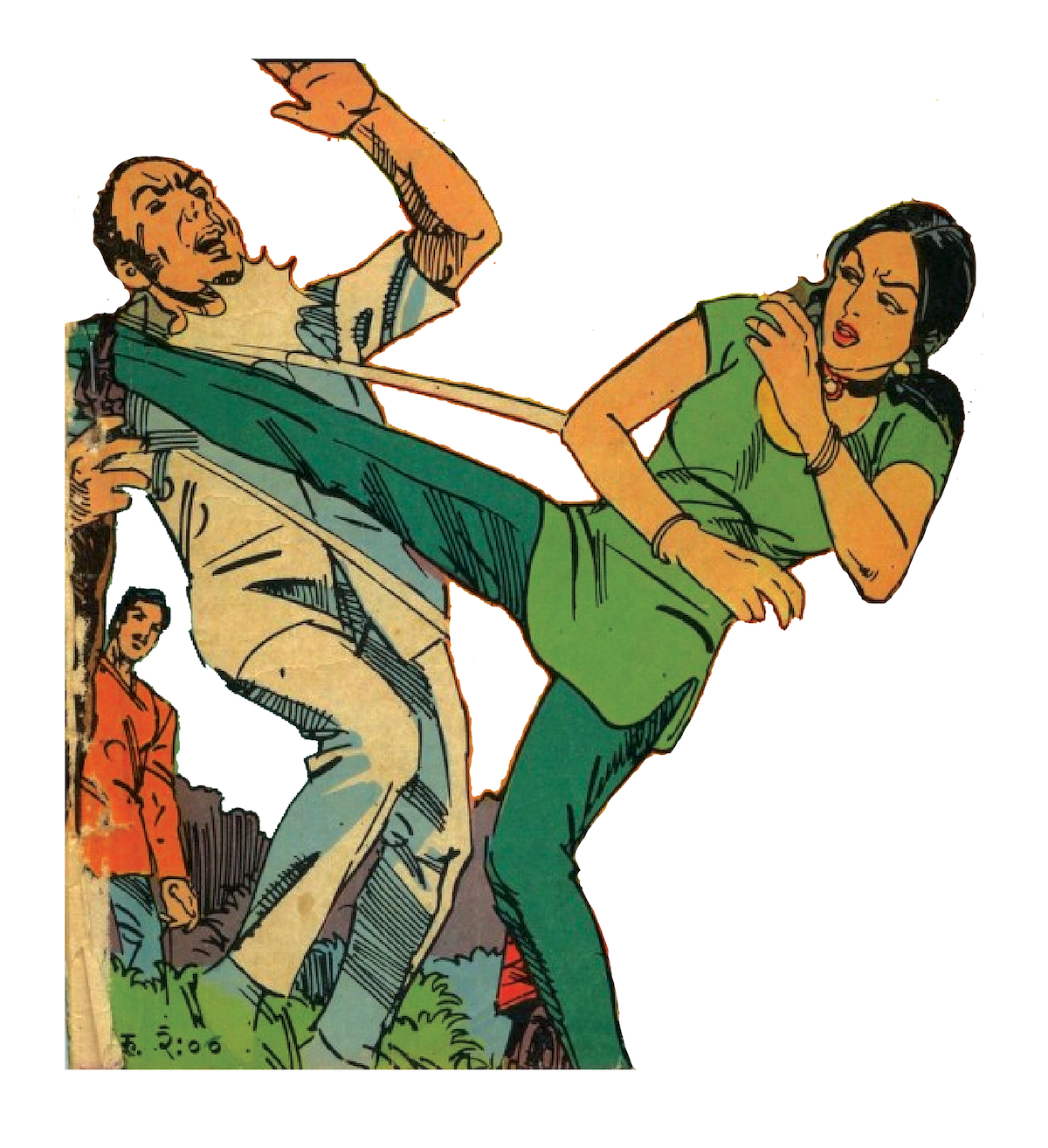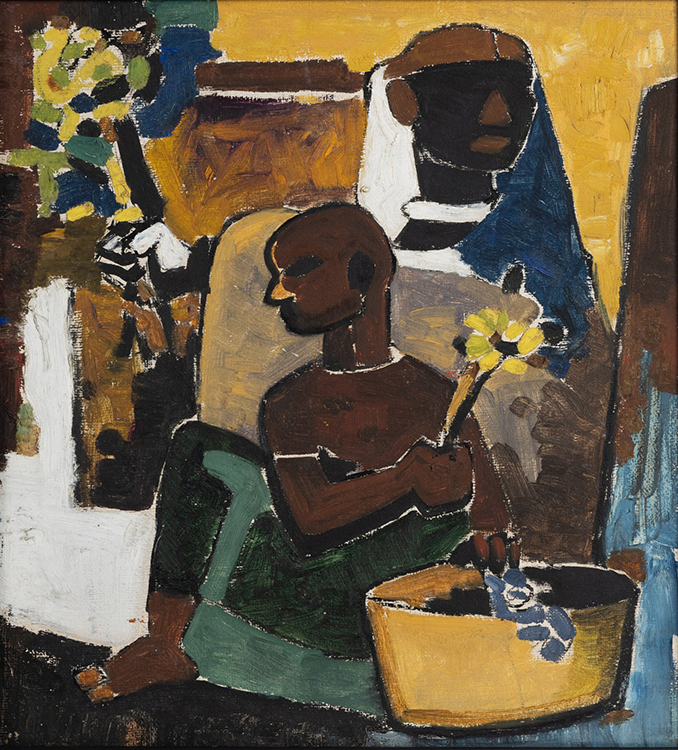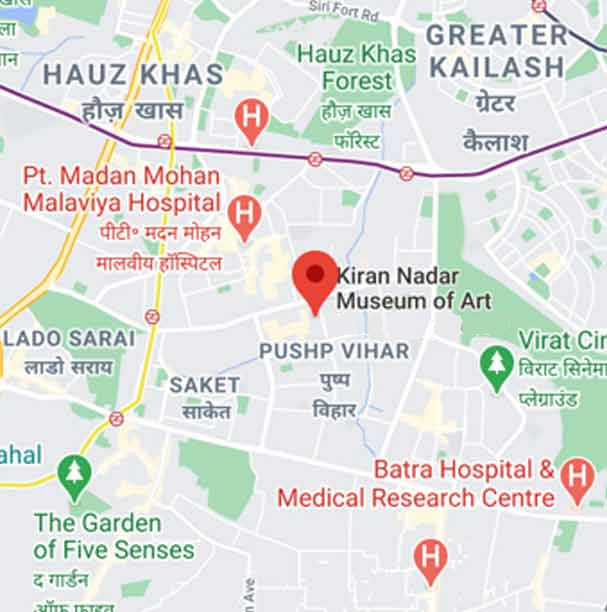- Home
- Extraordinary Line
Exhibitions
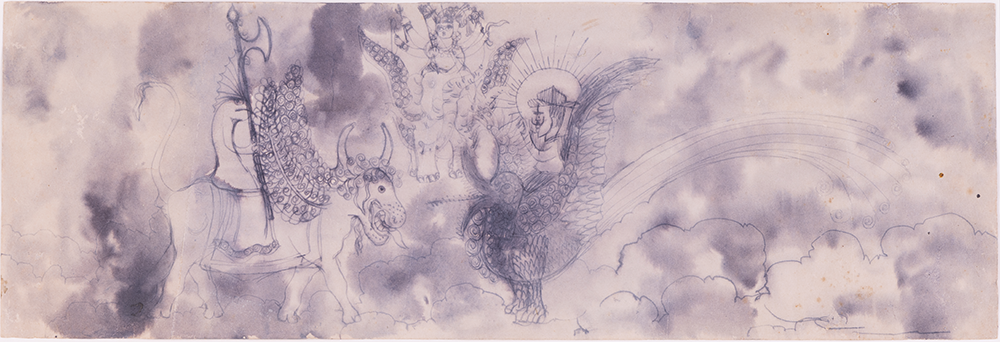
Extraordinary Line
5 October 2025 - 10 January 2026
Avijna Bhattacharya
KNMA, Saket, Delhi
 "K Ramanujam Untitled,1970 Sketch pen, brush and ink on paper Collection: Kiran Nadar Museum of Art"
"K Ramanujam Untitled,1970 Sketch pen, brush and ink on paper Collection: Kiran Nadar Museum of Art"
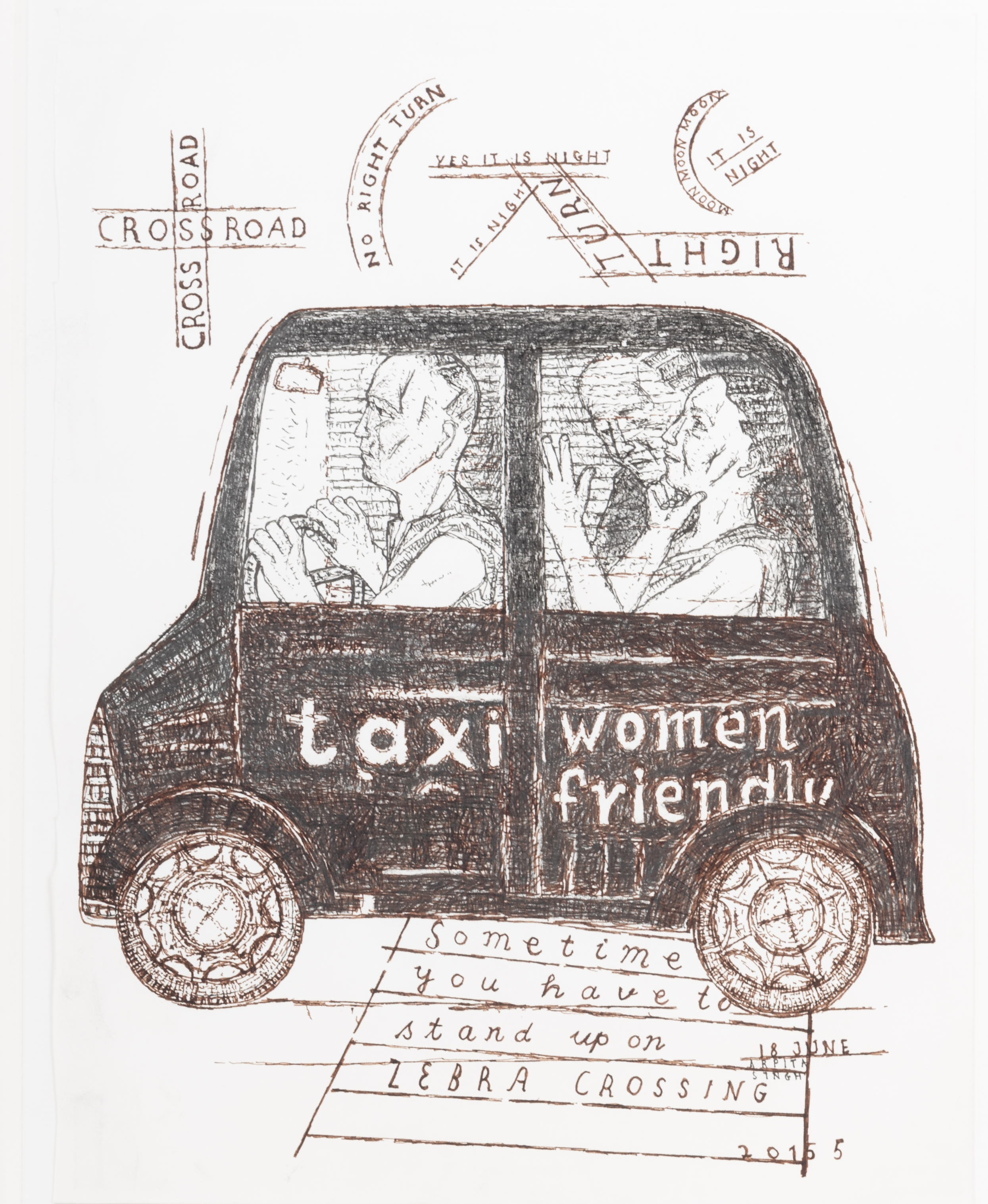 "Arpita Singh Taxi: Women Friendly, 2015 Pen and ink on paper Collection: Kiran Nadar Museum of Art"
"Arpita Singh Taxi: Women Friendly, 2015 Pen and ink on paper Collection: Kiran Nadar Museum of Art"
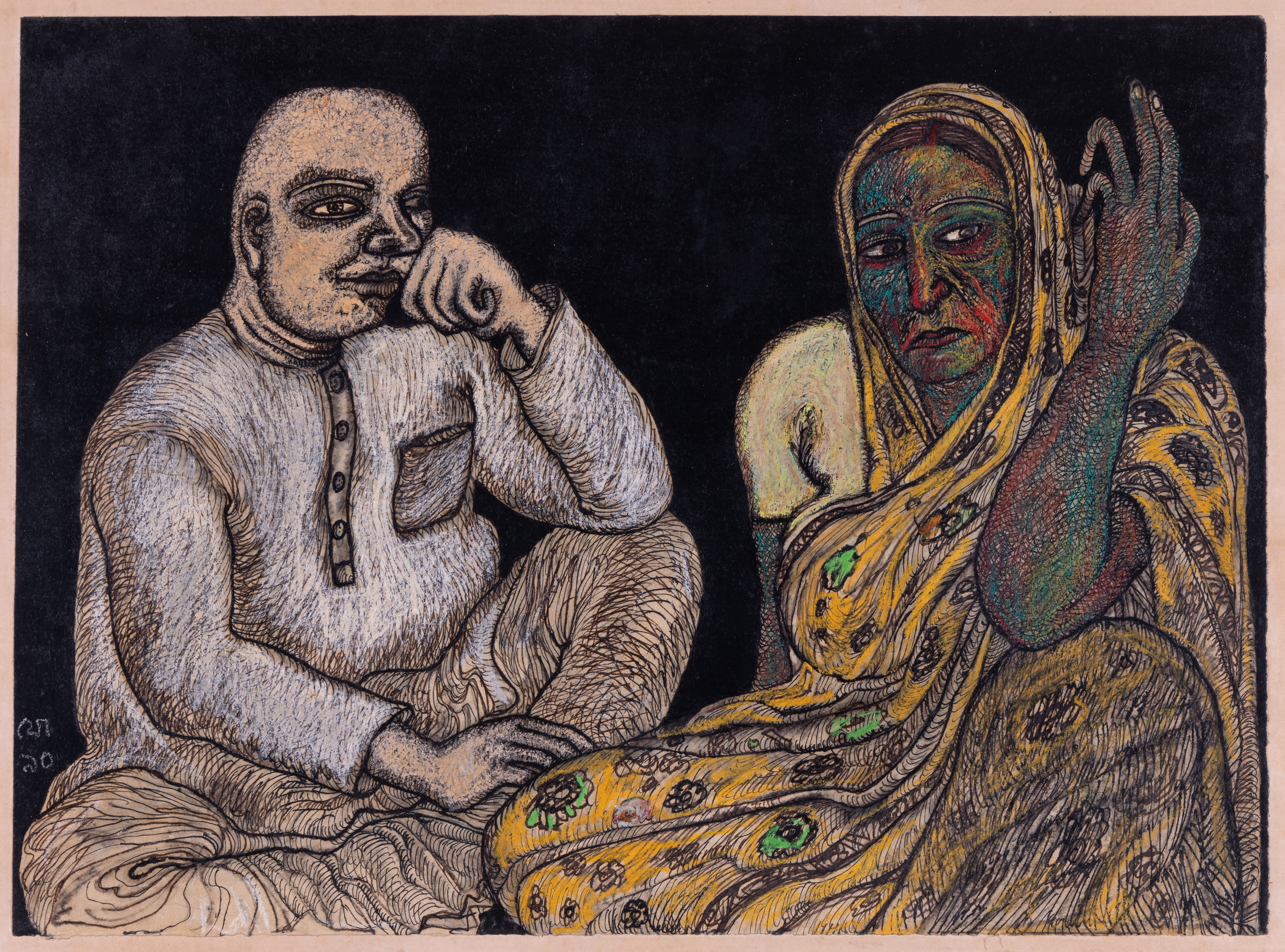 "Jogen Chowdhury Untitled, 1990 Watercolour, pen and colour pencil on paper Collection: Kiran Nadar Museum of Art"
"Jogen Chowdhury Untitled, 1990 Watercolour, pen and colour pencil on paper Collection: Kiran Nadar Museum of Art"
Extraordinary Line situates drawing at the center of contemporary critique, asserting that the line is not merely a preparatory tool but a vector of thought, dissent, and mediation. The exhibition brings together intergenerational practices tracing transitions from post-Independence India to the post-liberalisation era, revealing the enduring capacity of the drawn line to negotiate social, cultural, and political realities.
Unfolding in two distinct yet interconnected phases - the first focuses on the decades following Independence, when artists used drawing to critically reflect on society, culture, and emerging postcolonial identities. Drawing often functioned as a mnemonic device, a documentary impulse, and a medium for incisive social observation, balancing formal experimentation with engagement in civic and cultural discourse. The second phase shifts to the post liberalisation era of the 1990s - a time marked by rapid economic, social, and visual transformations. Artists responded to these disruptions by extending drawing into new registers, capturing the dislocations and uncertainties of a changing society while experimenting with scale, medium, and conceptual rigor. Across both phases, drawings serve as both an archive of memory and a medium of rupture, accommodating intimacy, satire, and critical reflection, unencumbered by the surplus. Seventeen artists, including Arpita Singh, Mery Borah, C Douglas, K Ramanujam, Bhupen Khakhar, Paritosh Sen, Nikhil Biswas, Jogen Chowdhury, Manish Pushkale, Balaji Ponna, Sambaran Das, and Vivan Sundaram among others demonstrate drawing’s autonomy and resilience as a critical form, capable of reflecting and contesting socio-political change with aesthetic and conceptual subtlety.
Other Exhibitions
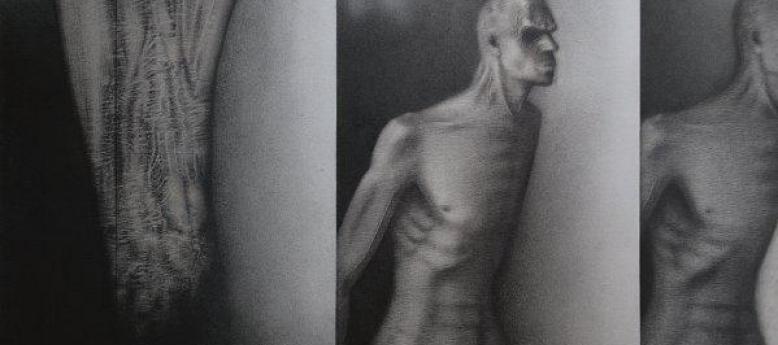
visions of interiority: interrogating the male body - A RETROSPECTIVE (1963-2013)
14 October 2014 - 1 March 2015
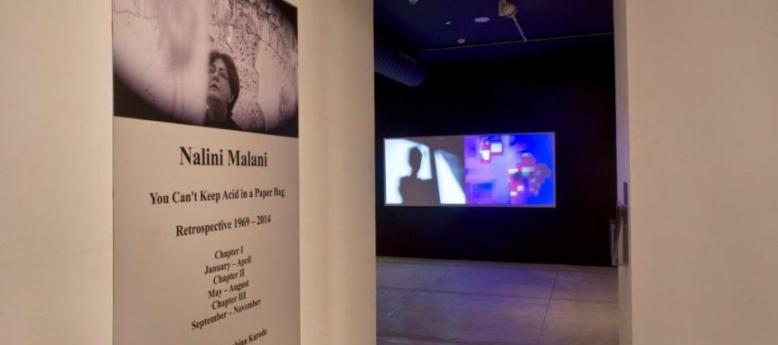
You can’t Keep Acid in a Paper Bag - A RETROSPECTIVE (1969 - 2014) in three chapters
26 September 2014 - 21 December 2014
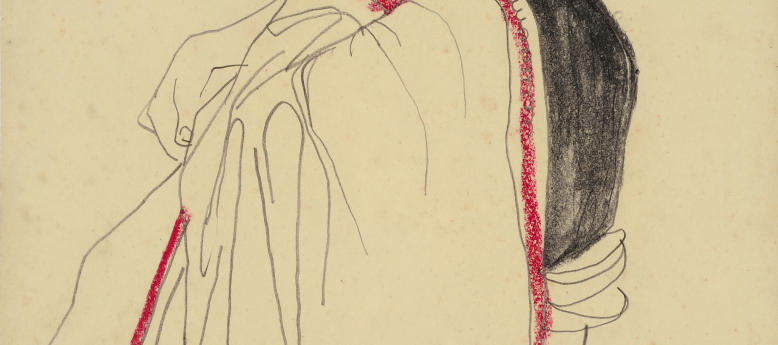
A view to infinity - A Retrospective (1937-1990) Part of Difficult Loves
31 January 2013 - 8 December 2013
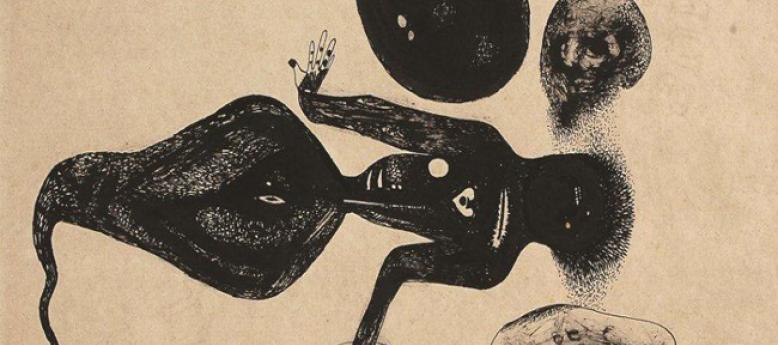
the dark loam: between memory and membrane - A RETROSPECTIVE (1930-2016)
24 August 2016 - 20 December 2016
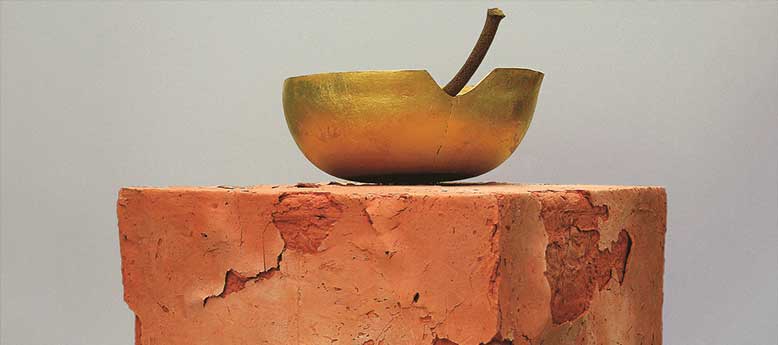
The euphoria of being Himmat Shah A continuing journey across six decades
30 October 2017 - 15 December 2017
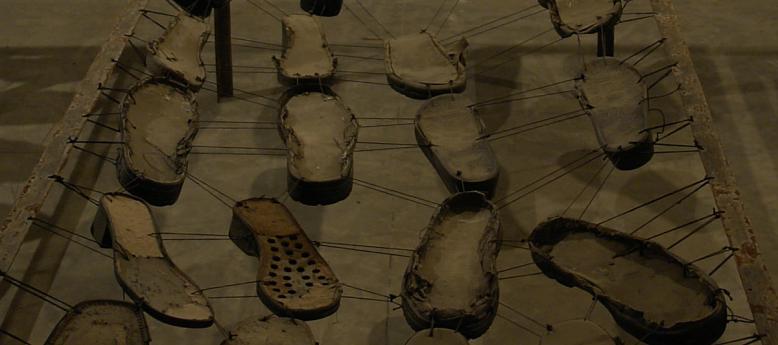
VIVAN SUNDARAM, A RETROSPECTIVE: FIFTY YEARS STEP INSIDE AND YOU ARE NO LONGER A STRANGER
9 February 2018 - 20 July 2018
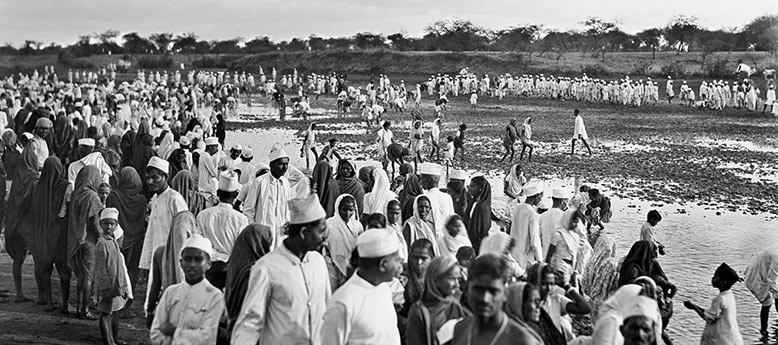
Envisioning Asia, Gandhi and Mao in the photographs of Walter Bosshard
1 October 2018 - 31 October 2018
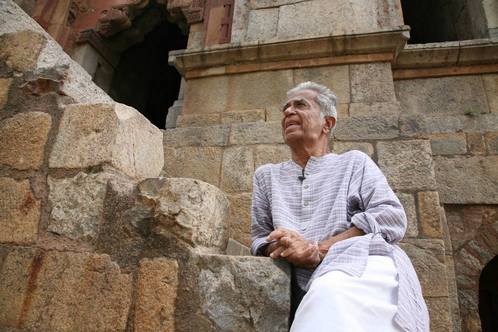
Kiran Nadar Museum of Art presents इस घट अंतर बाग-बगीचे | Haku Shah 1934-2019 Within this earthen vessel are bowers and groves
10 December 2019 - 8 January 2020

Right to laziness... no, strike that! Sidewalking with the man saying sorry
30 January 2020 - 10 April 2021
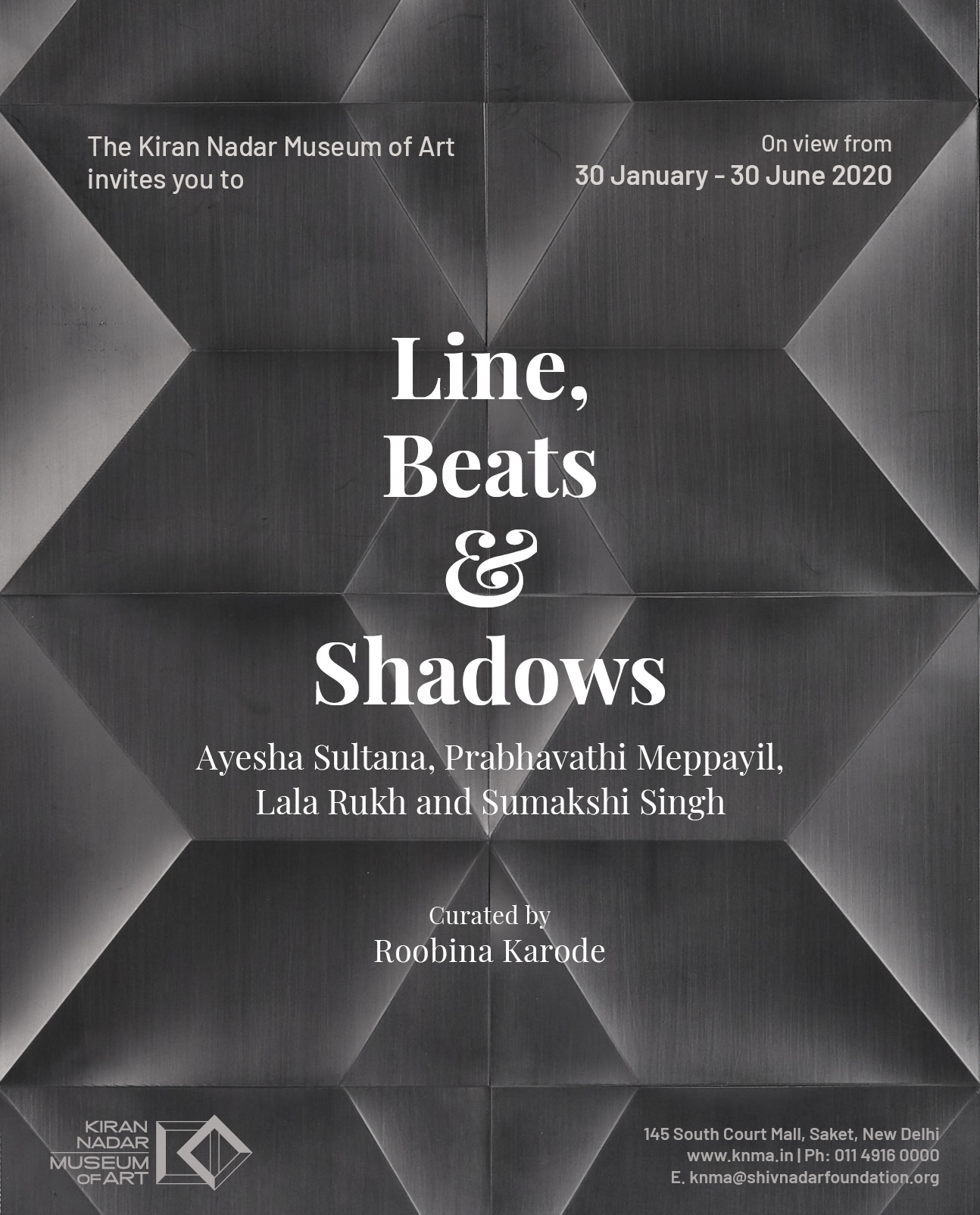
Line, beats and shadows – Ayesha Sultana, Prabhavathi Meppayil, Lala Rukh and Sumakshi Singh
30 January 2020 - 10 April 2021

Delhi Modern: The Architecture of Independent India seen through the eyes of Madan Mahatta
13 February 2020 - 28 February 2020
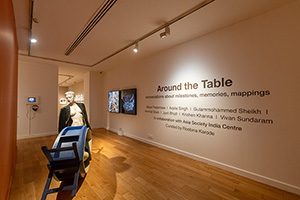
Around The Table : Conversations about Milestones, Memories, Mappings
5 November 2022 - 22 December 2022
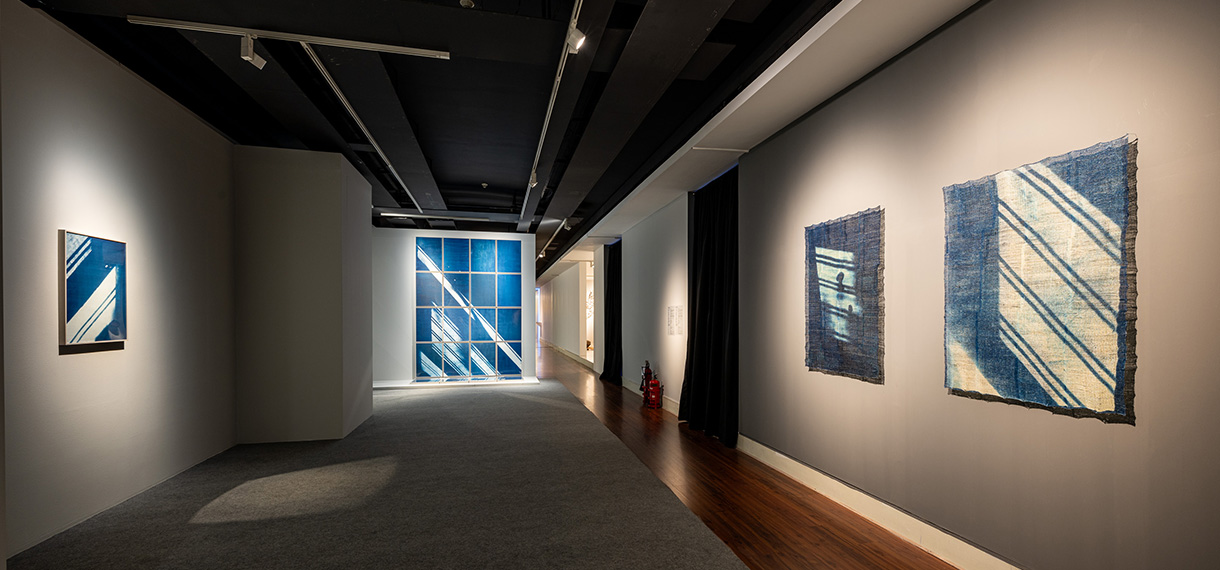
Prussian Blue: A Serendipitous Colour that Altered the Trajectory of Art
19 September 2023 - 20 December 2023

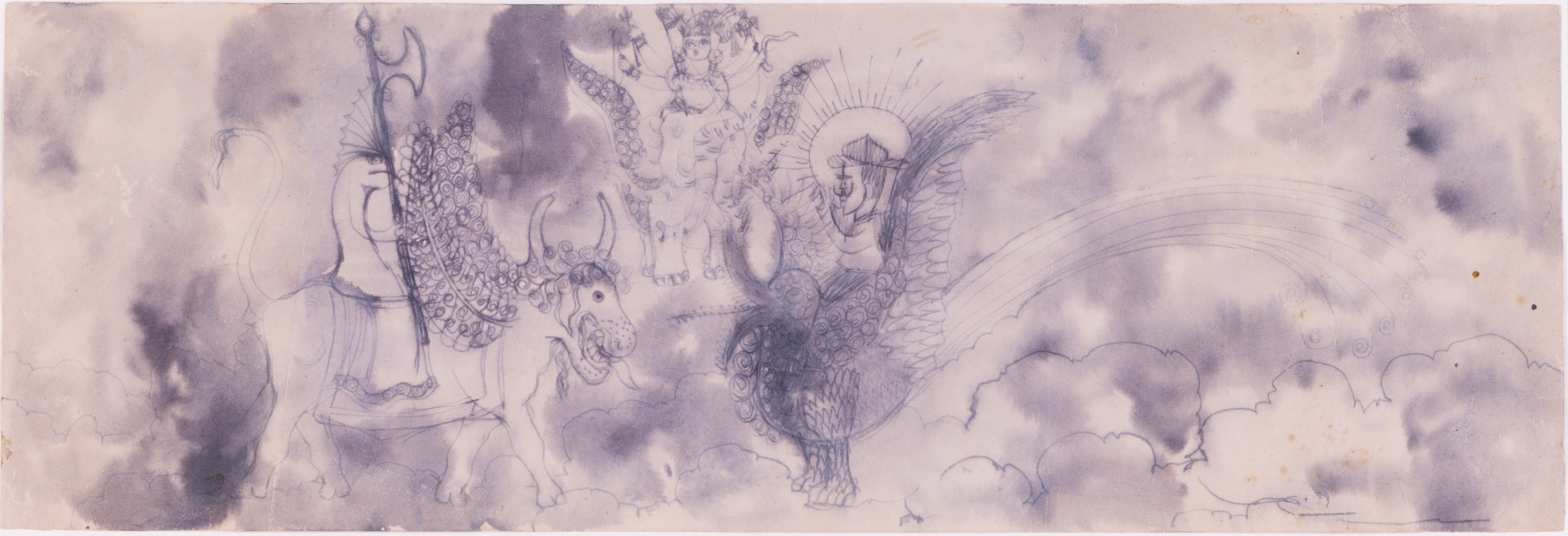
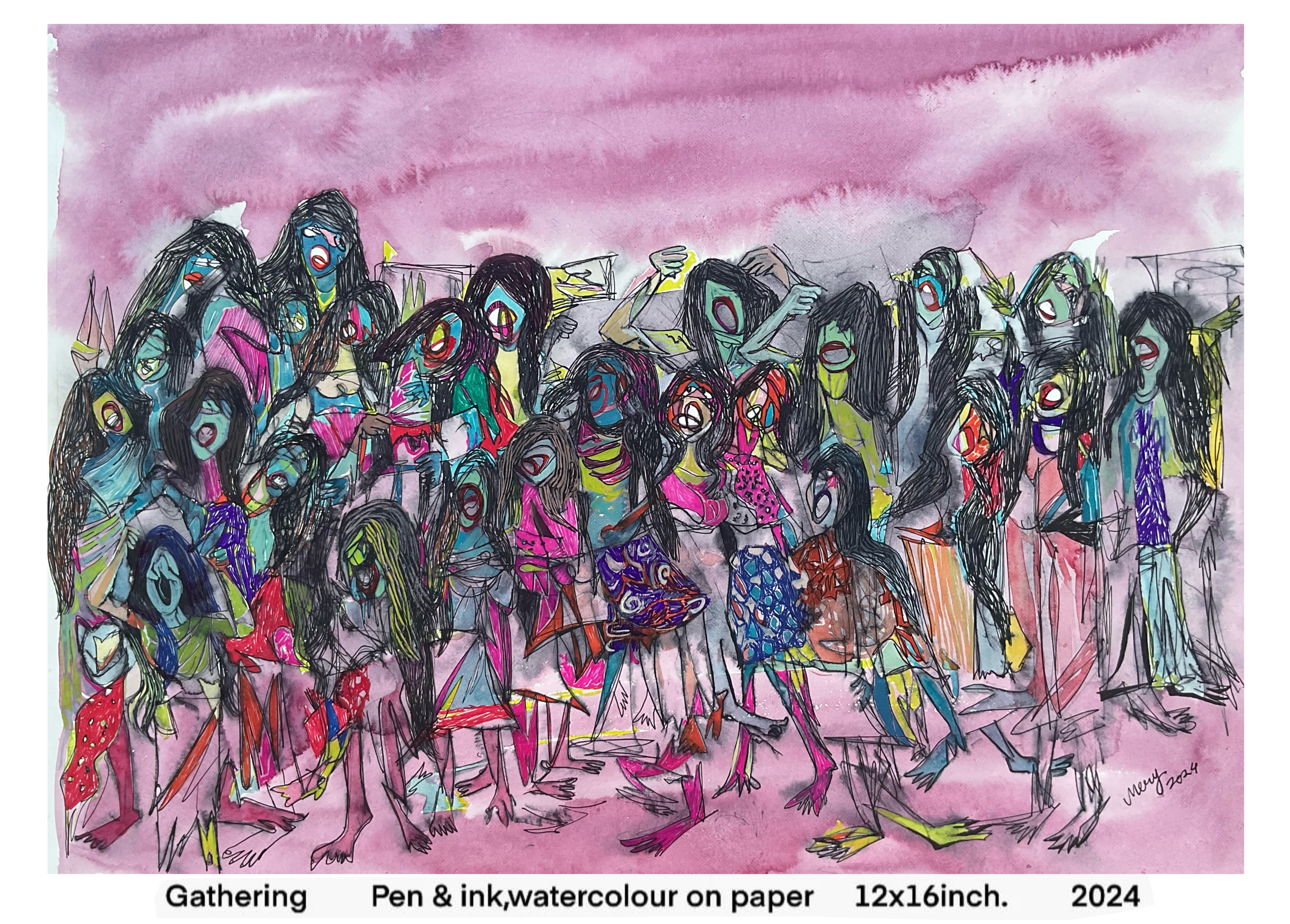
_0.jpg)
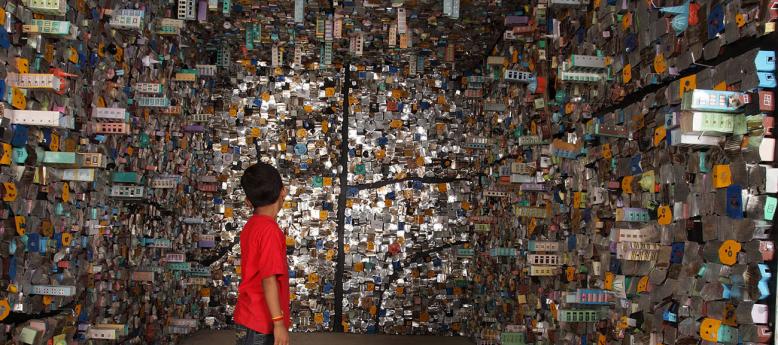

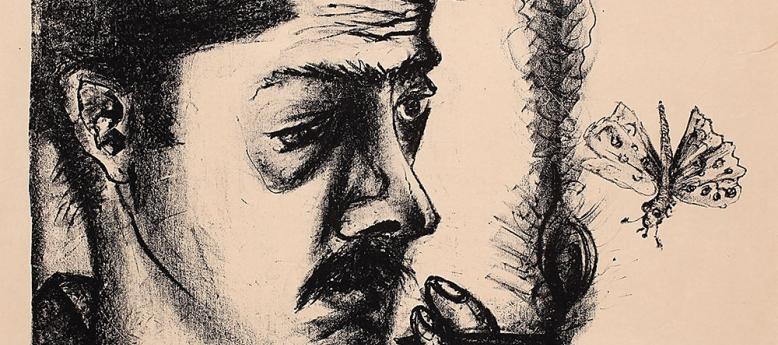
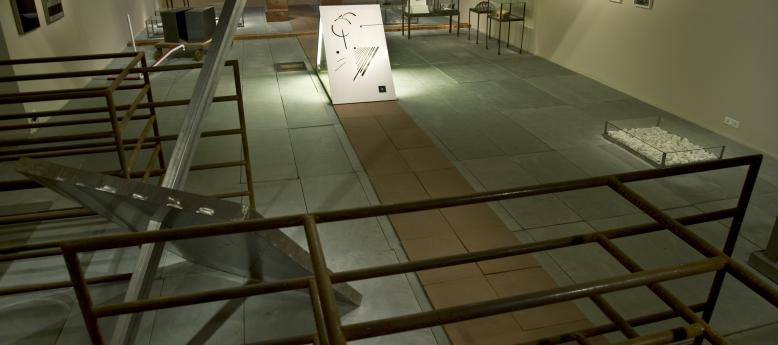
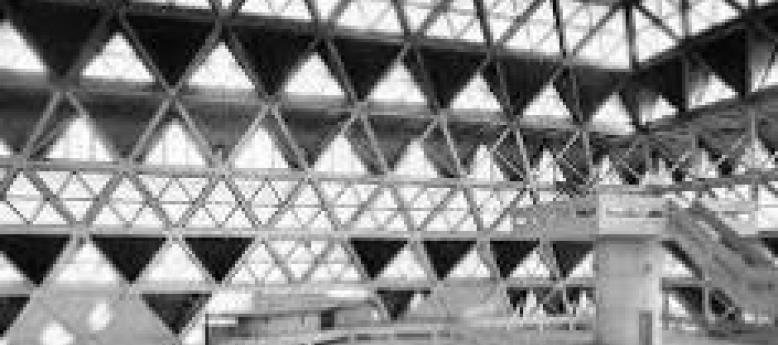
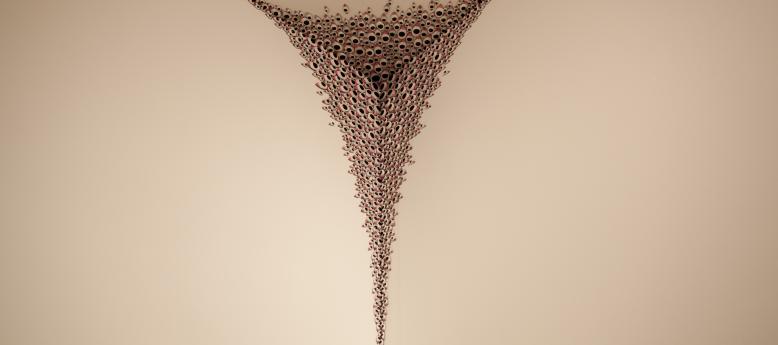
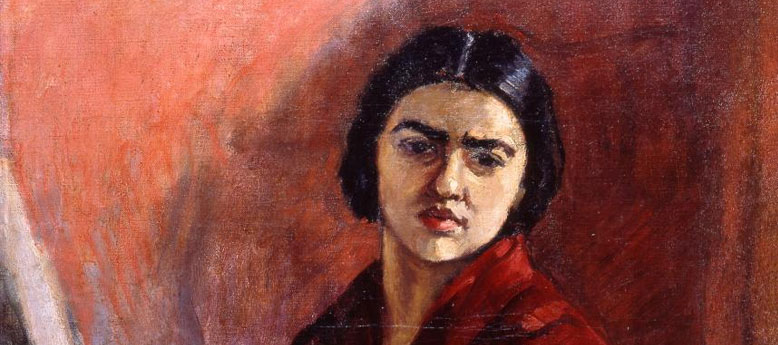
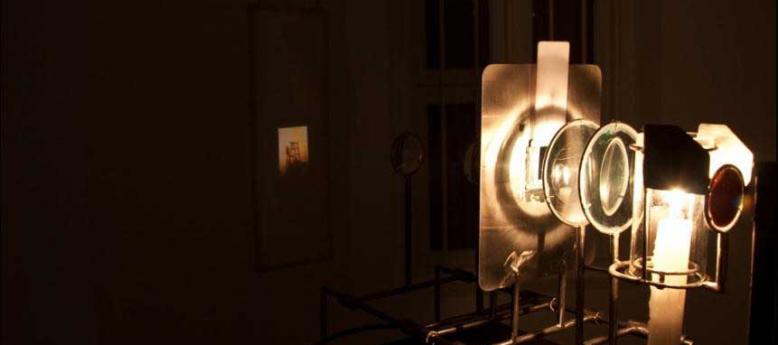
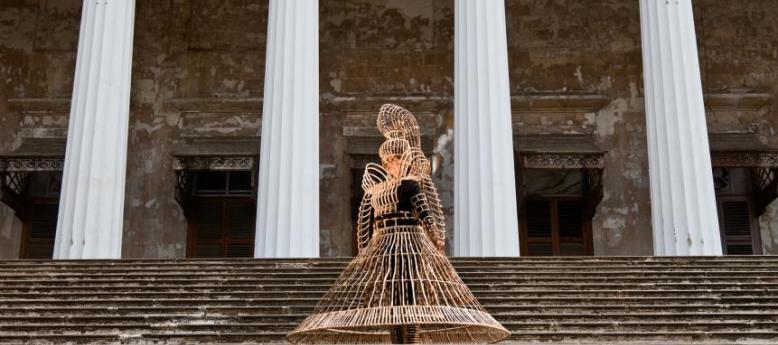
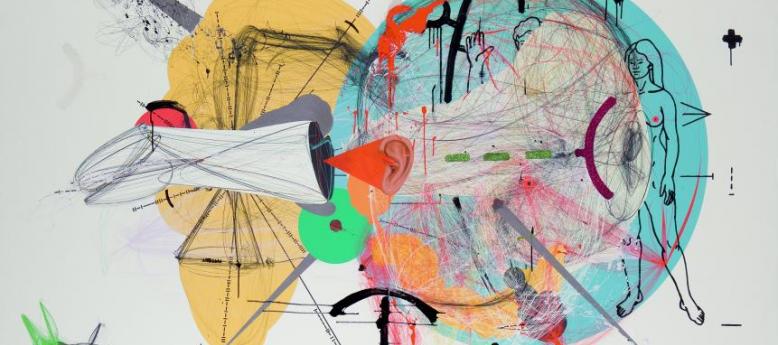
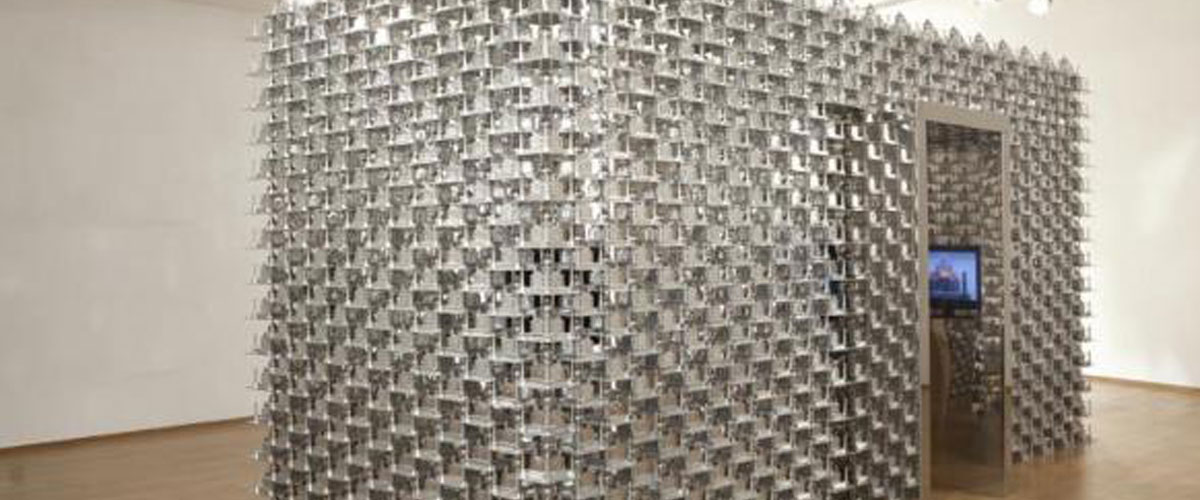
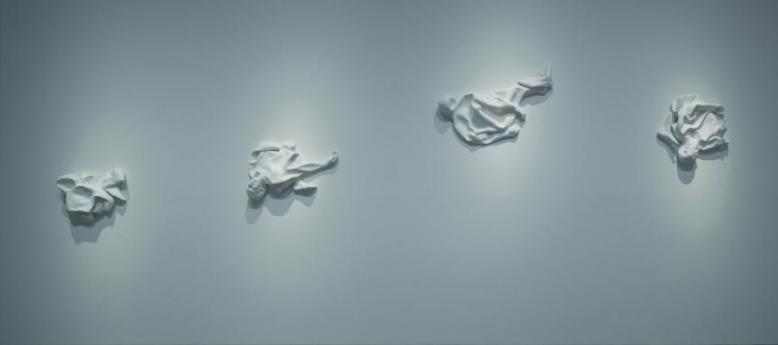
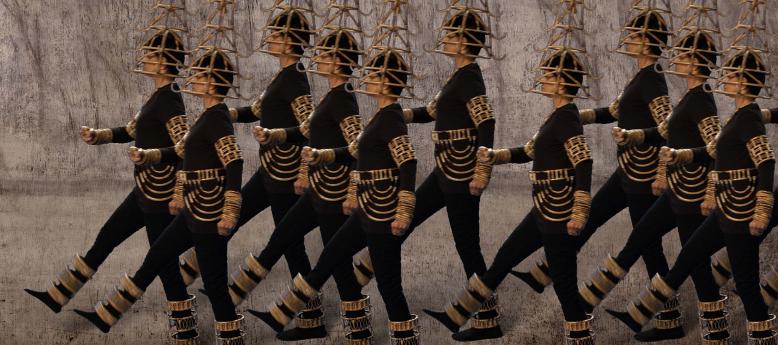
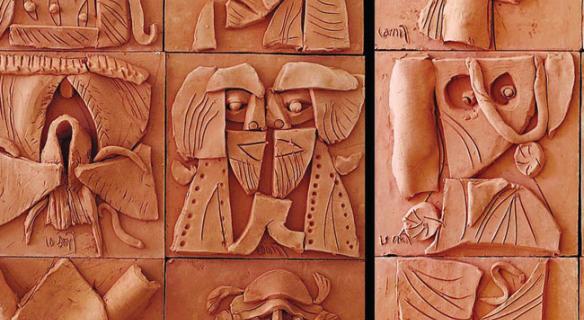

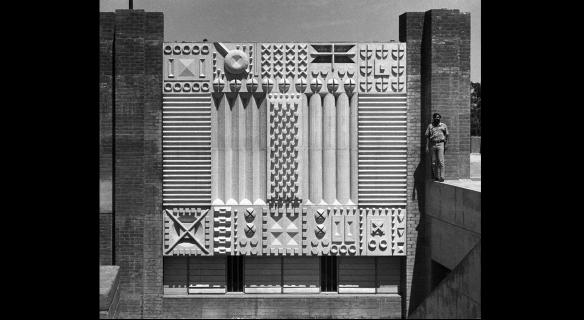
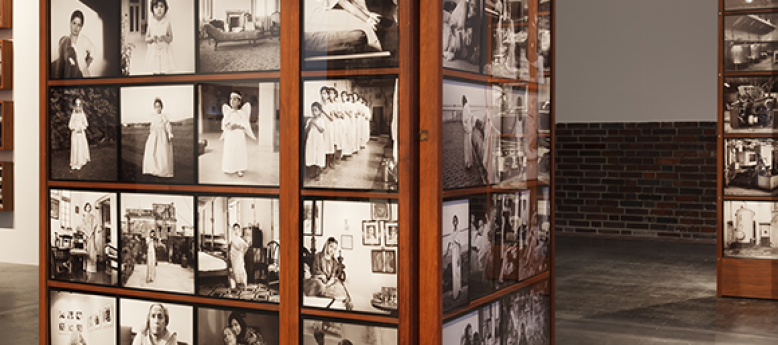
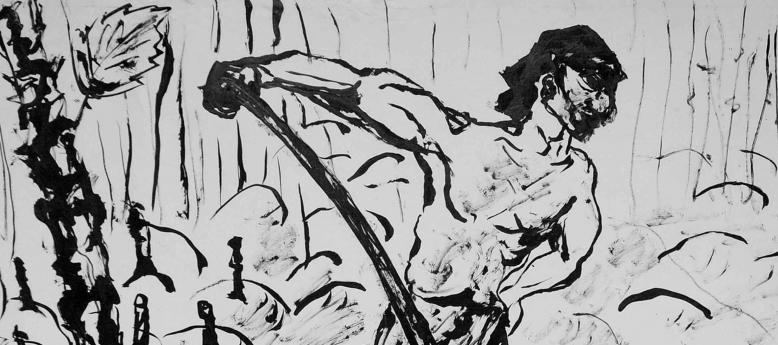
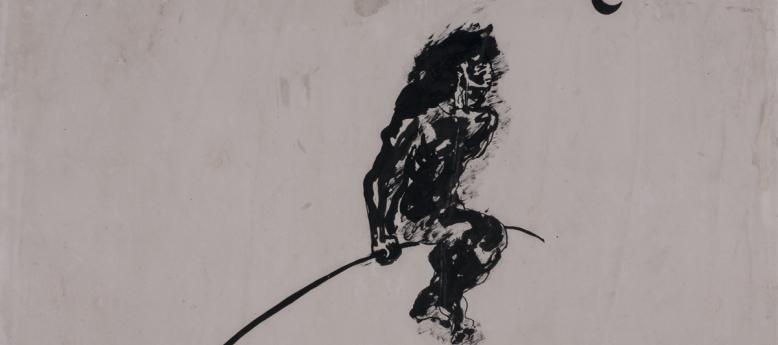
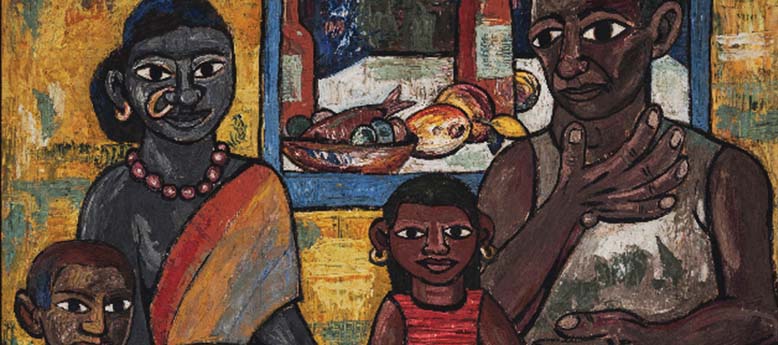
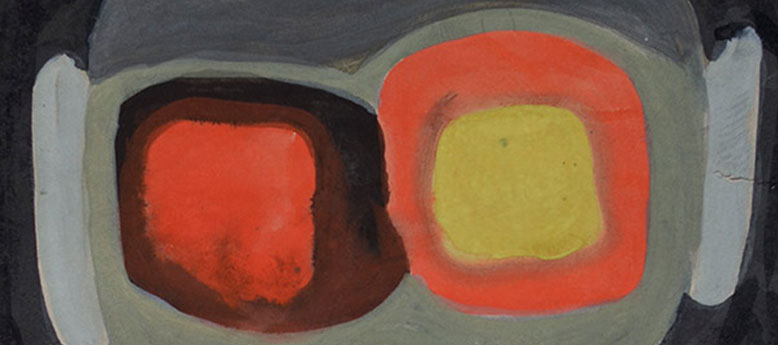
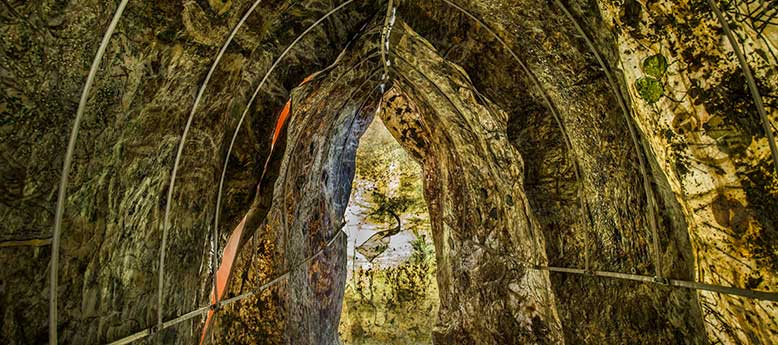
.jpg)
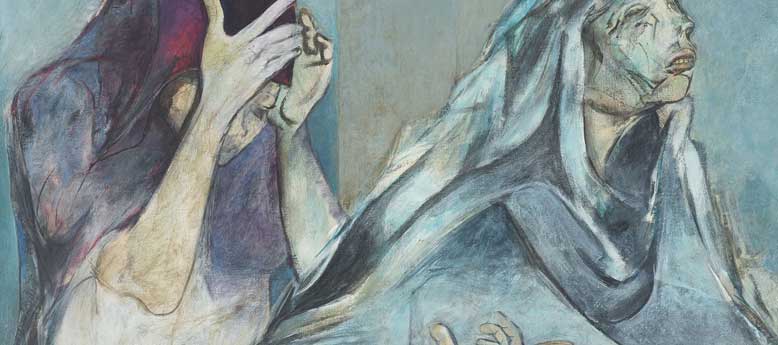
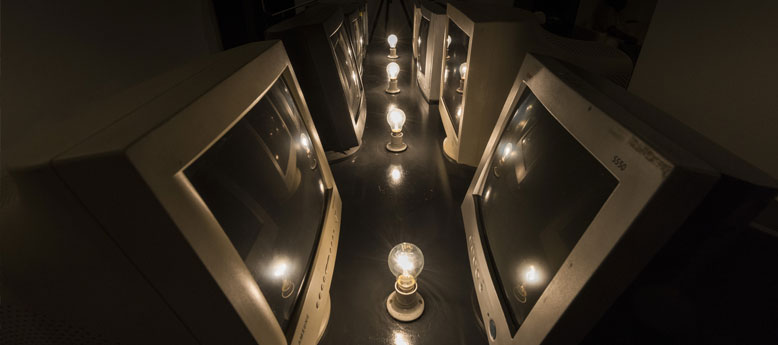
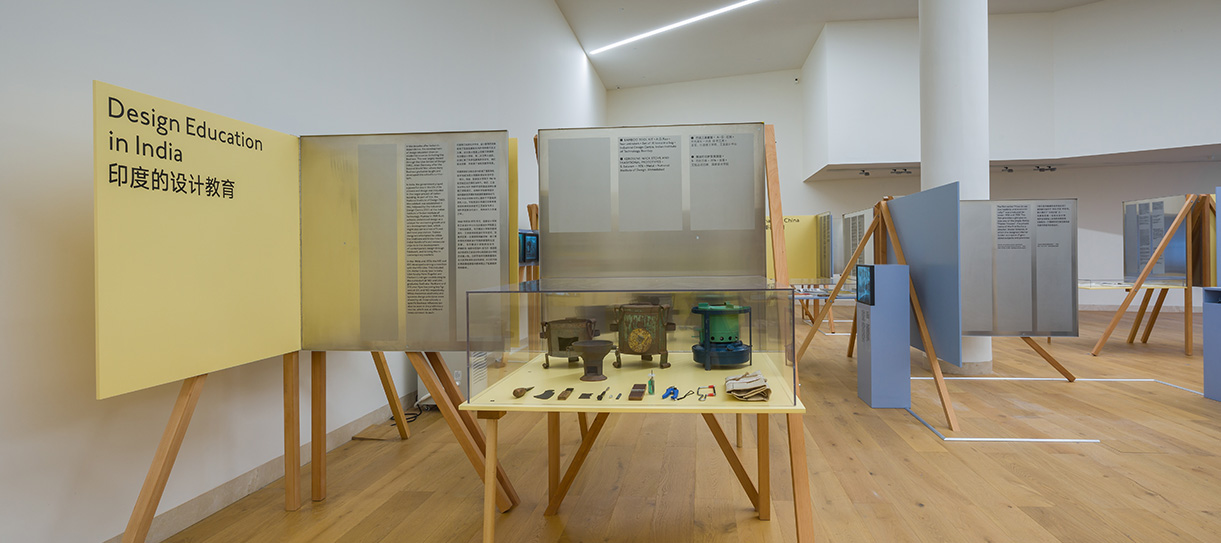
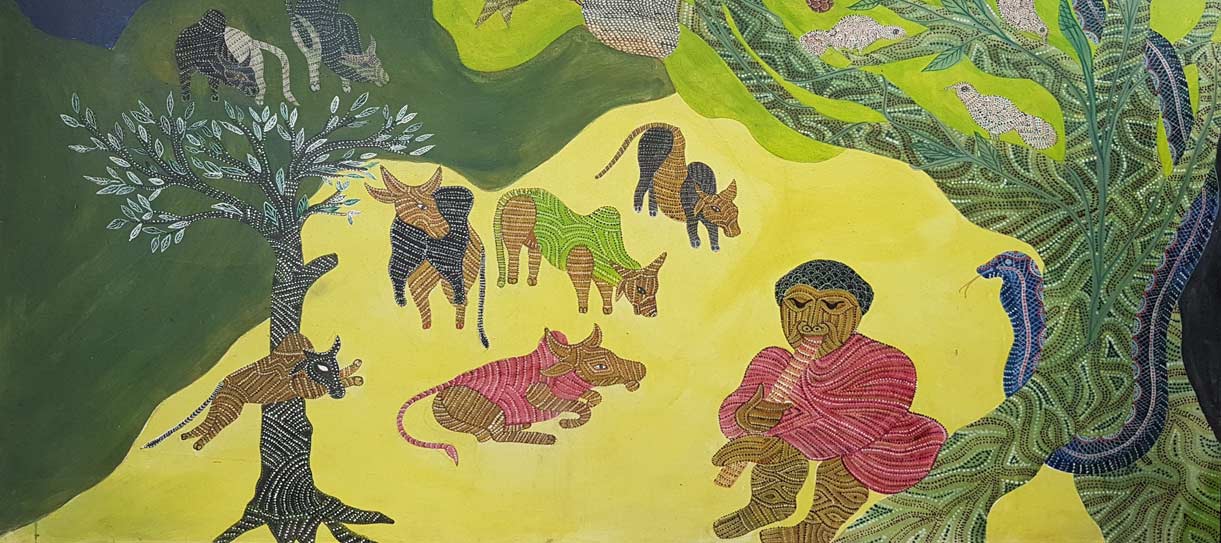
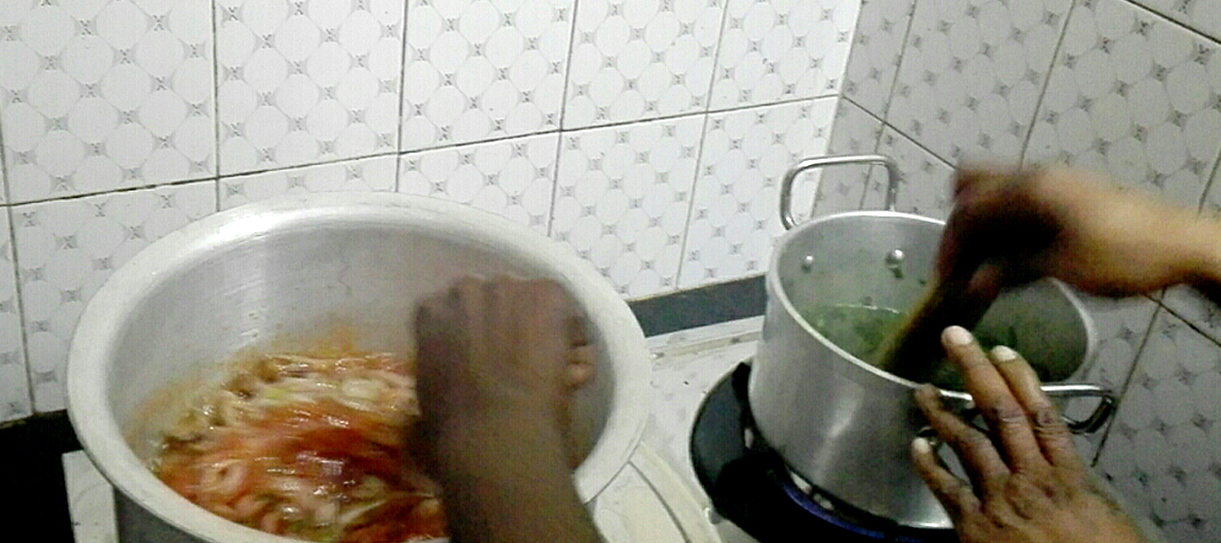
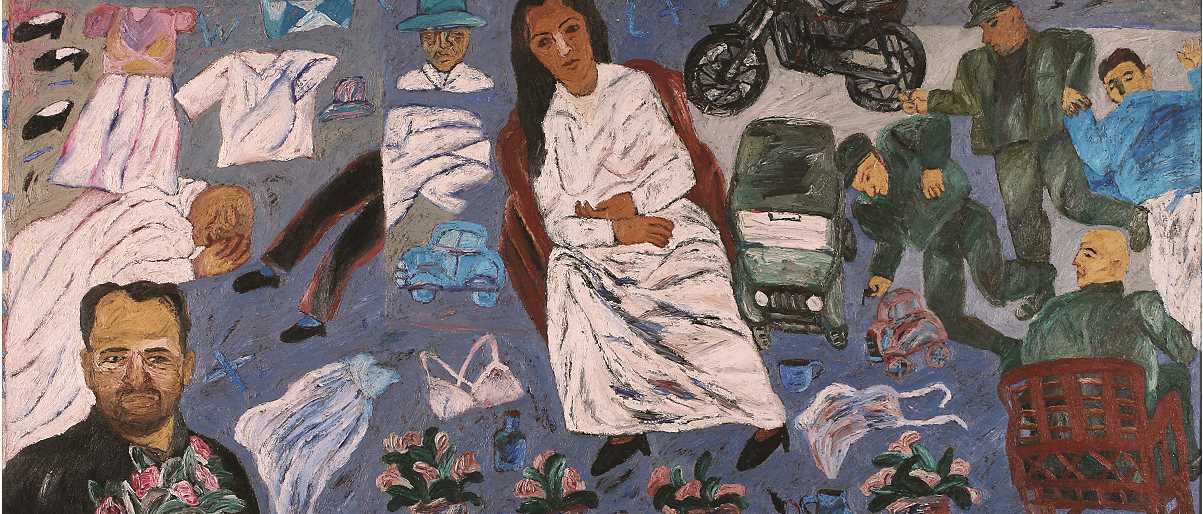
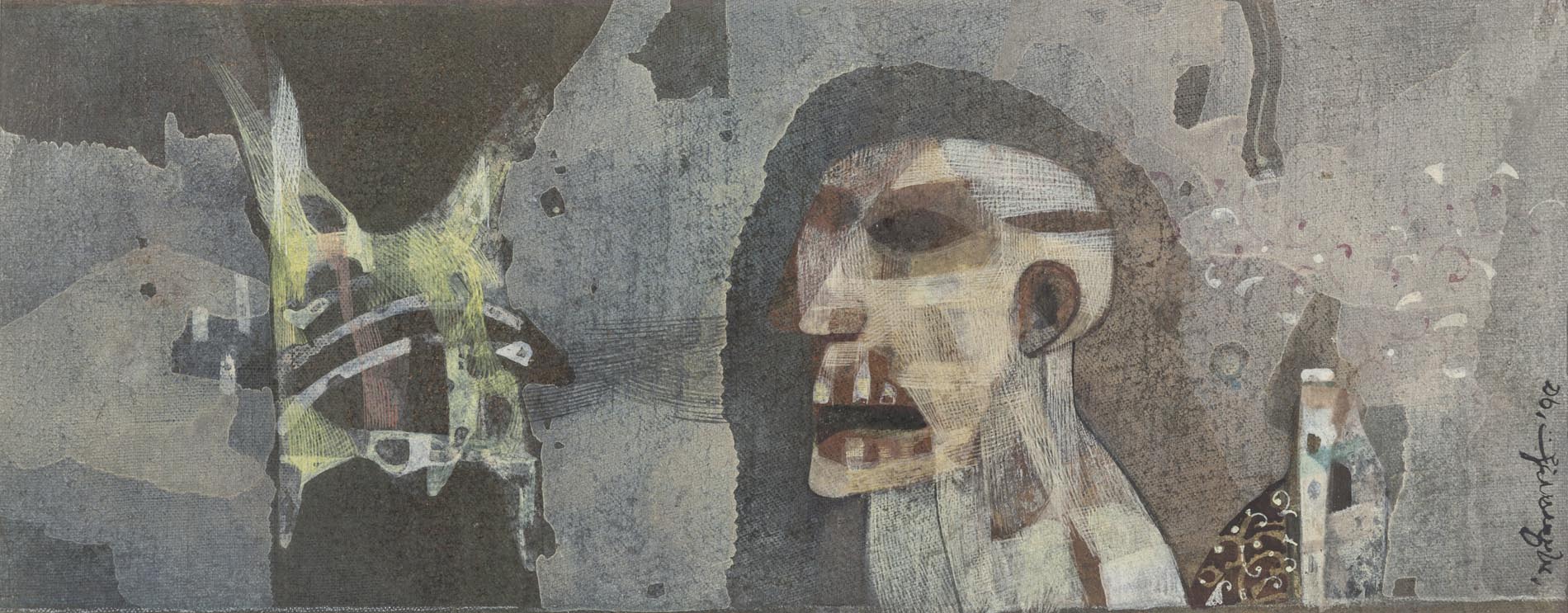
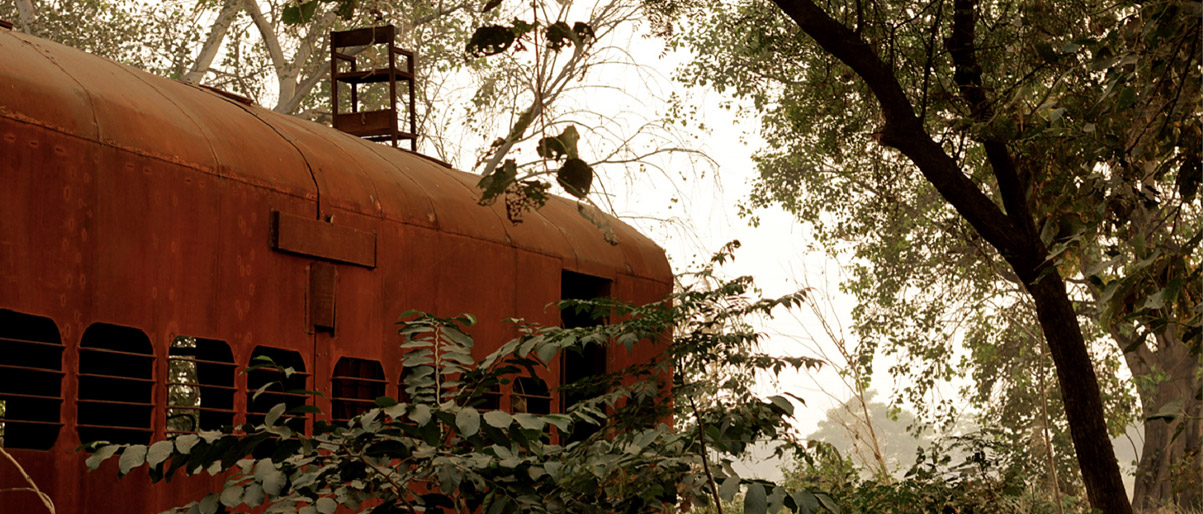
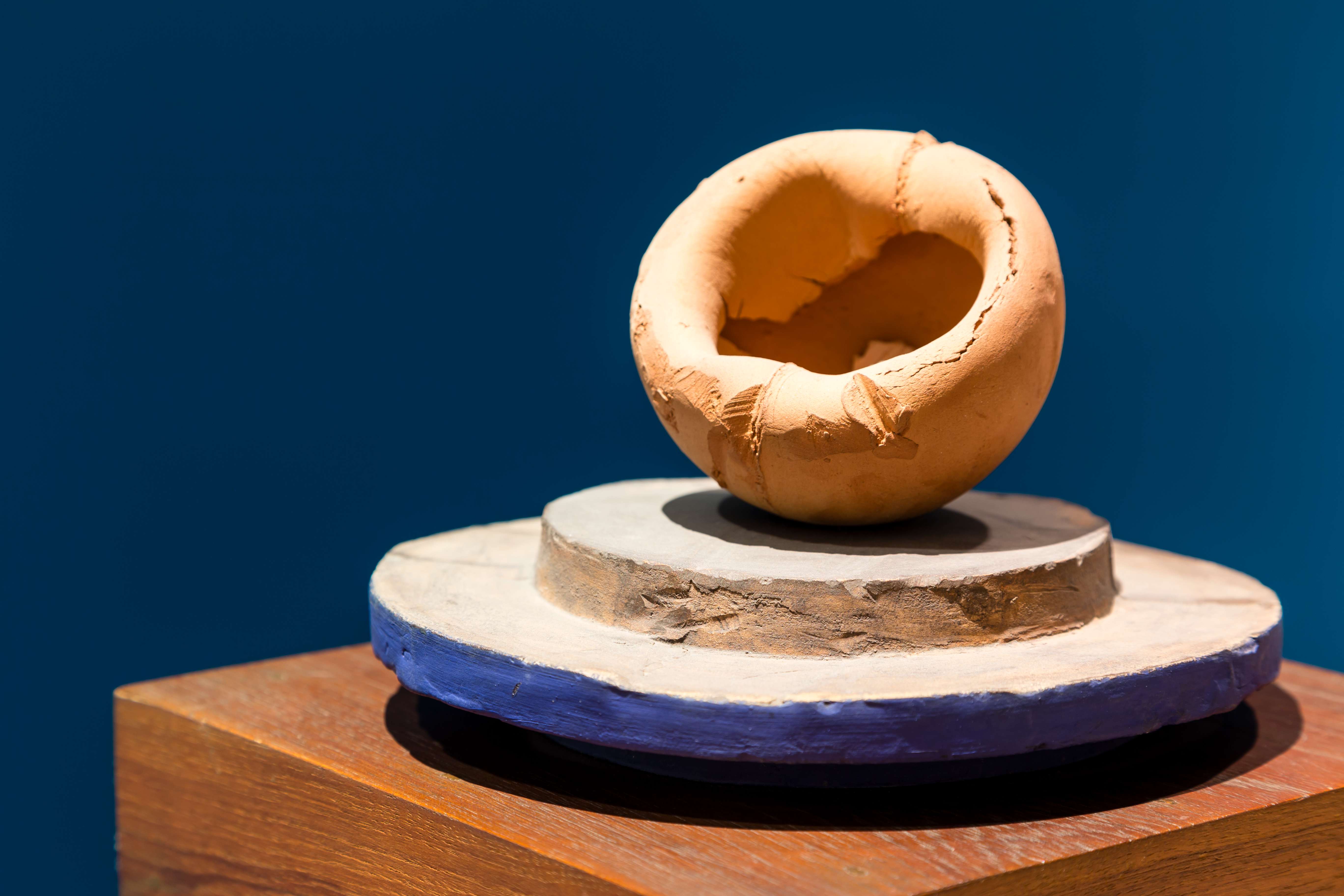
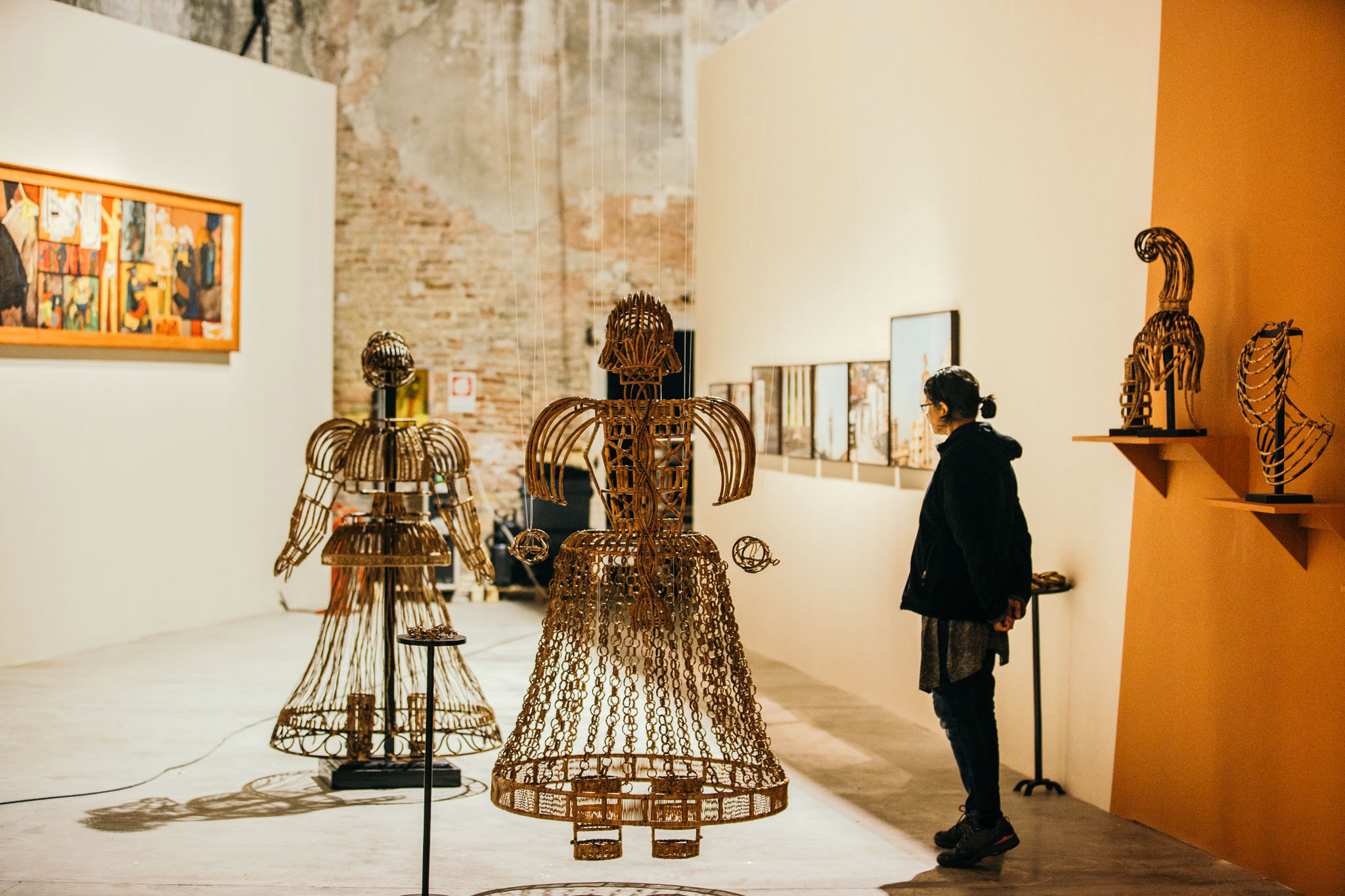
.jpg)
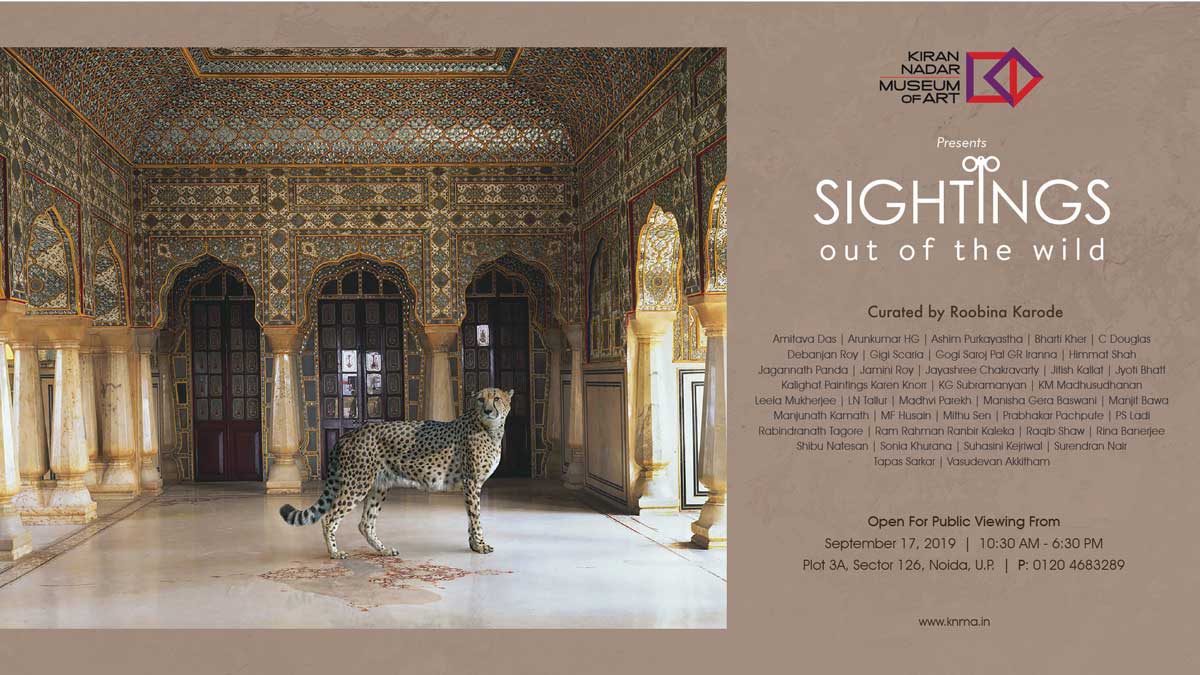
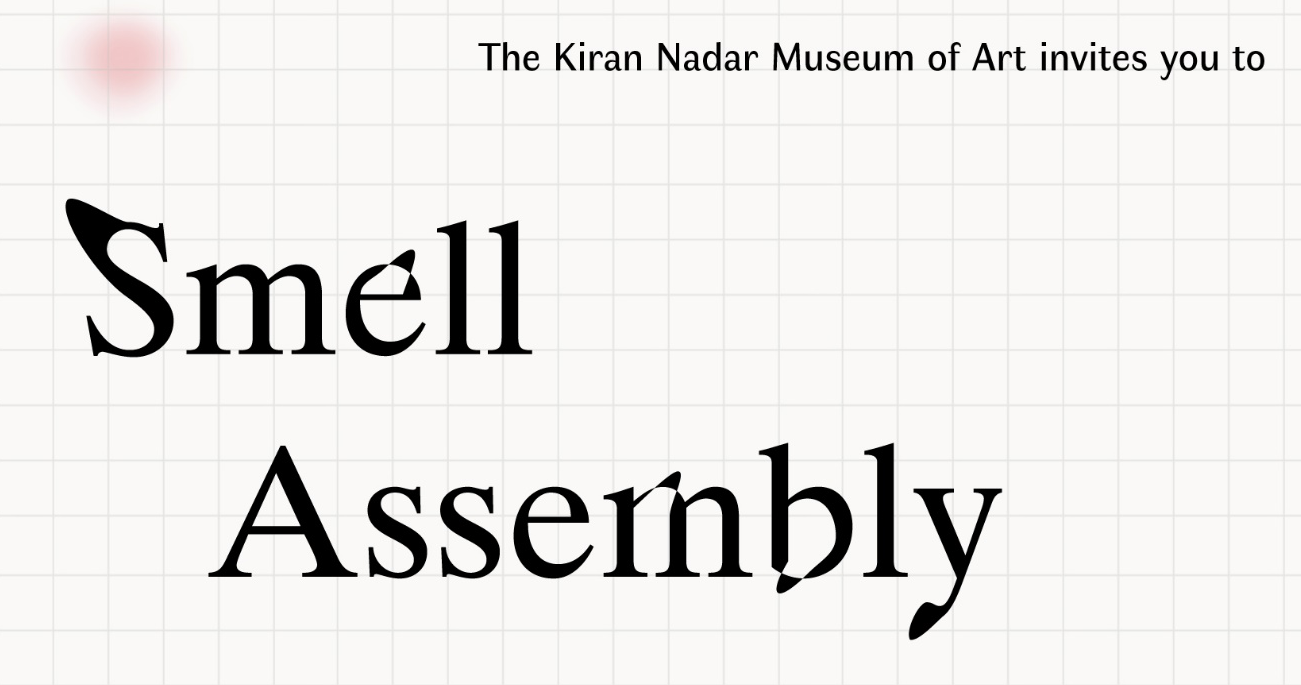
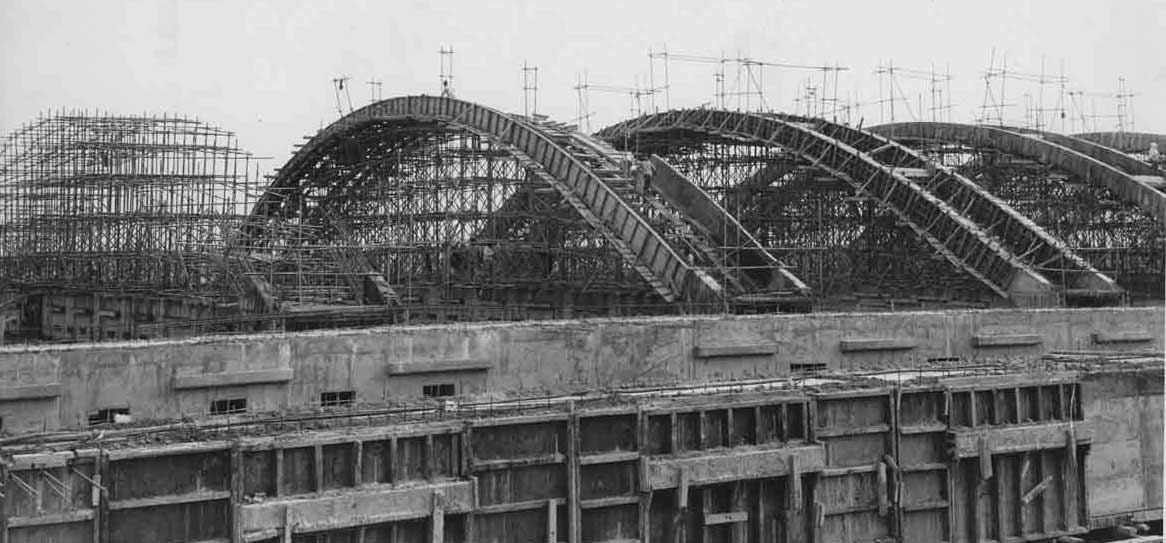
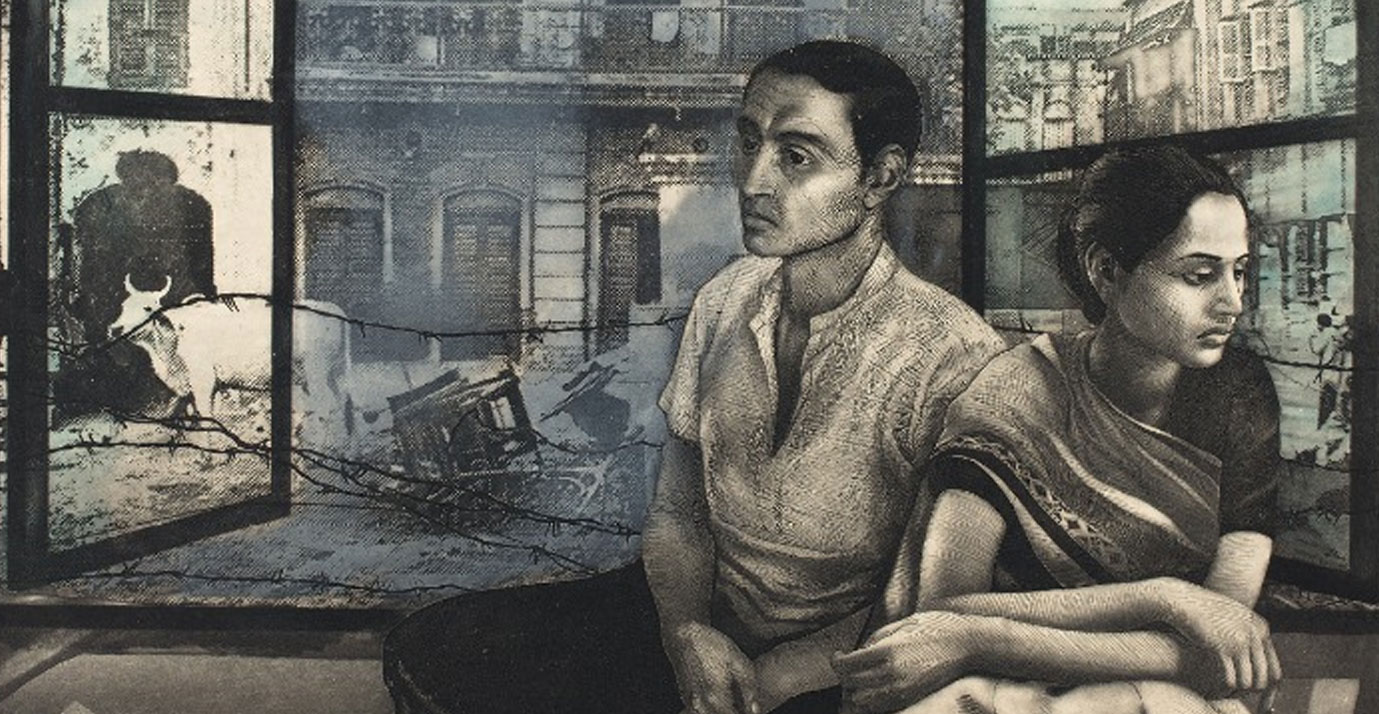
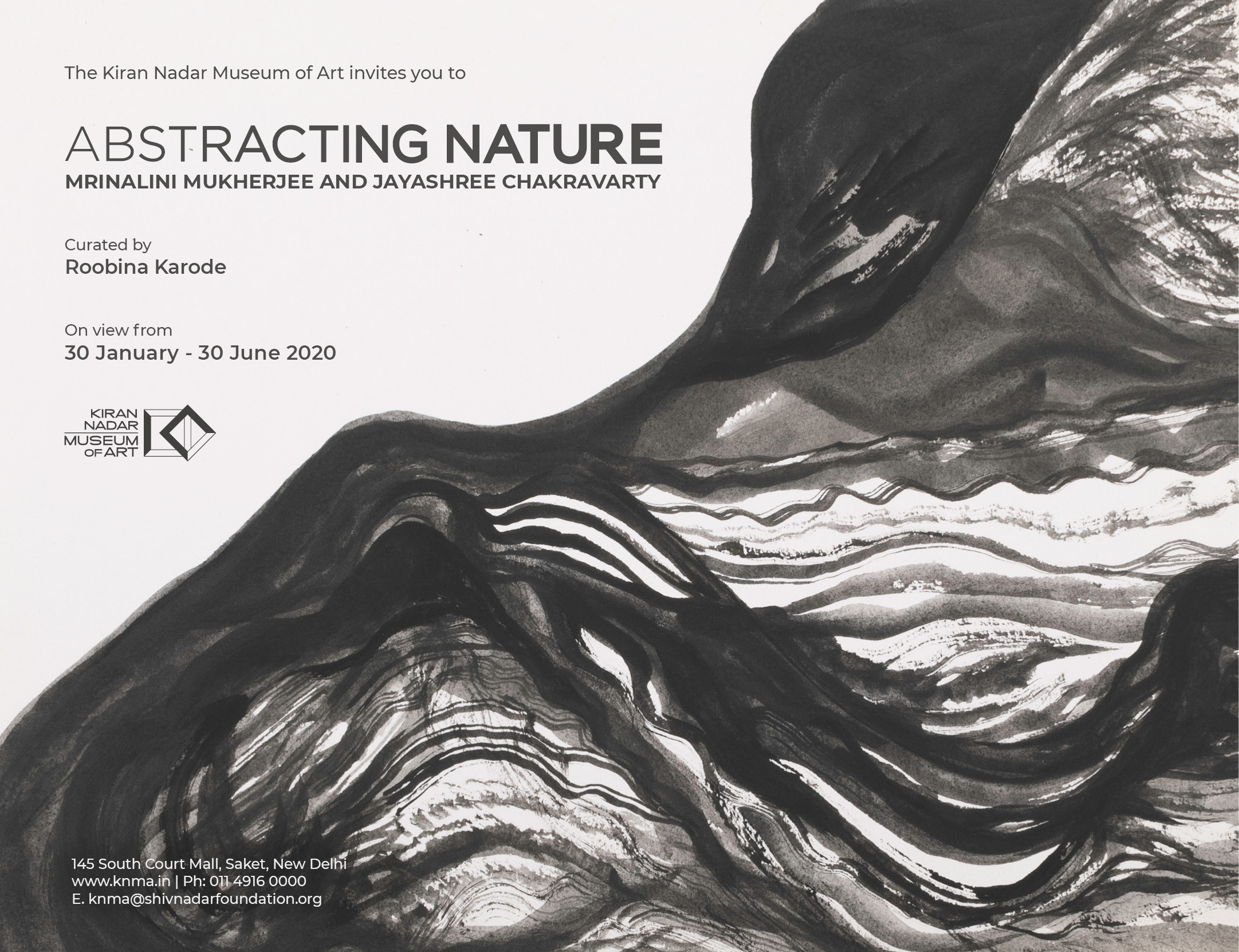
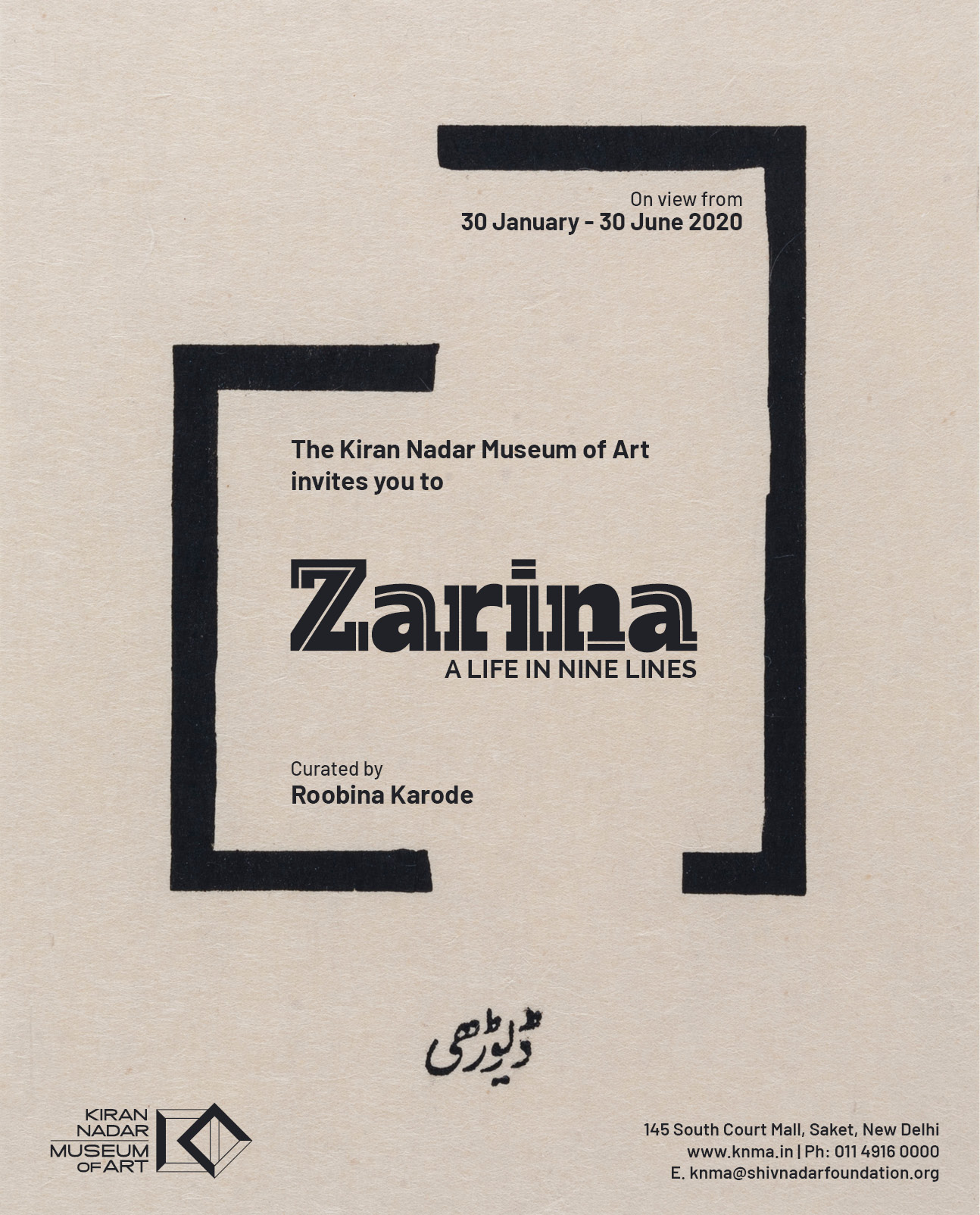
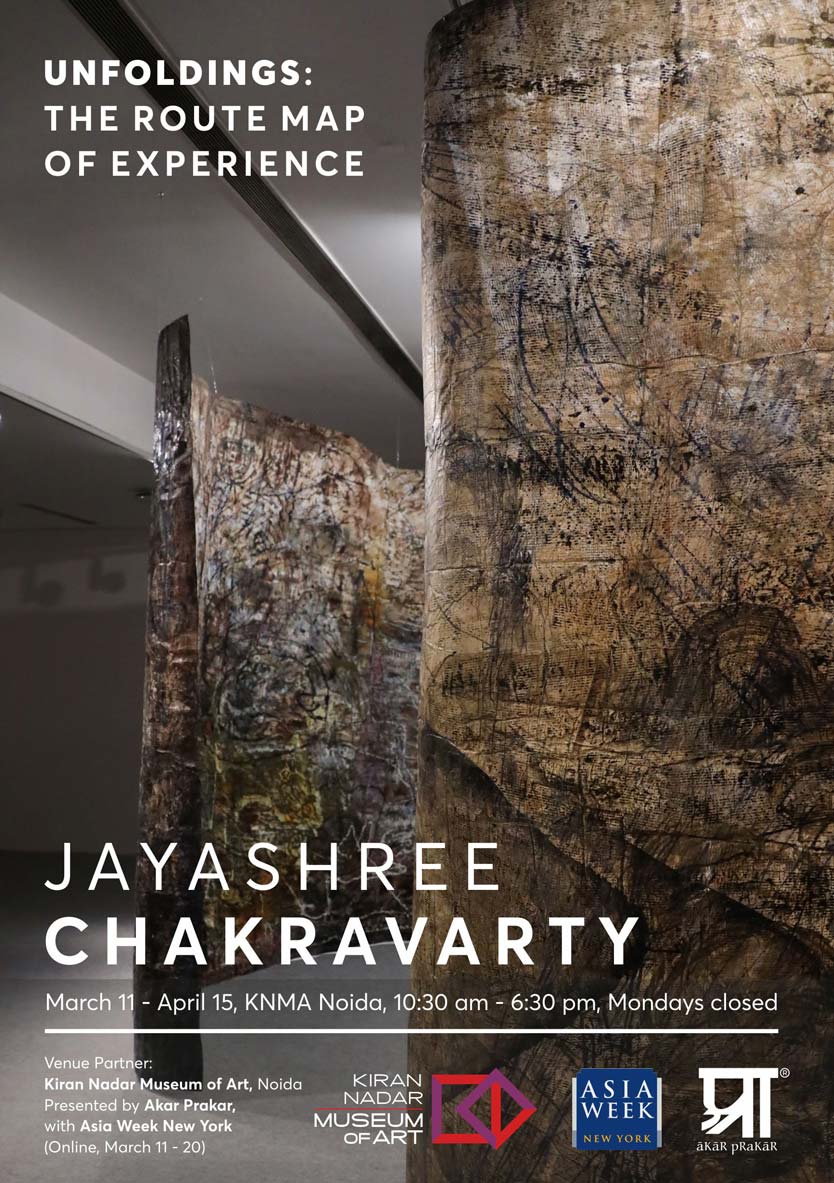
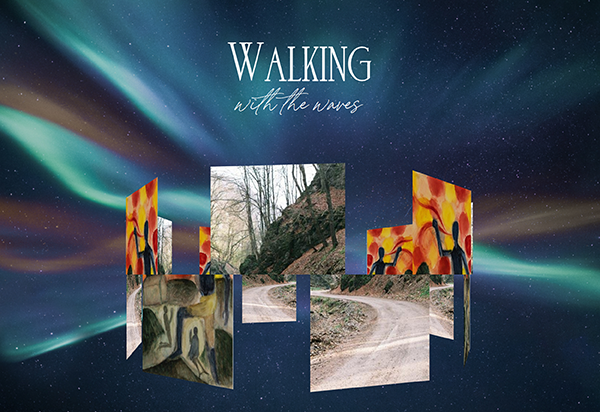
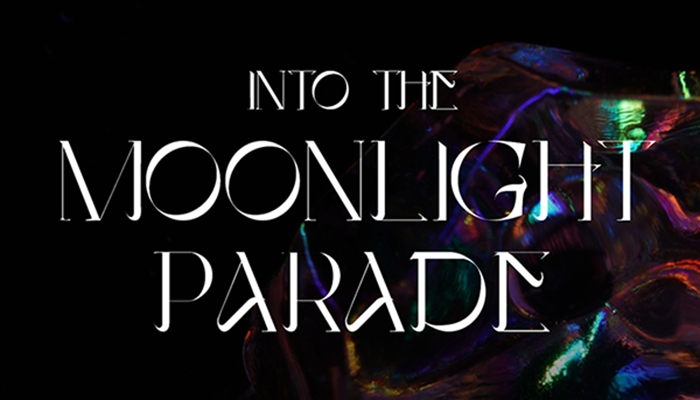
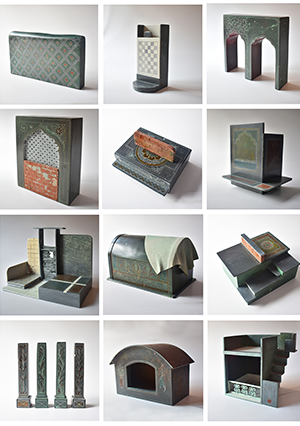
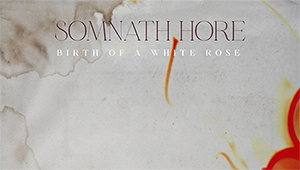
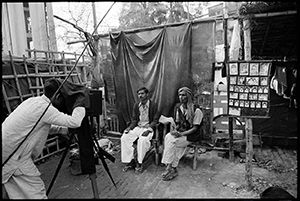
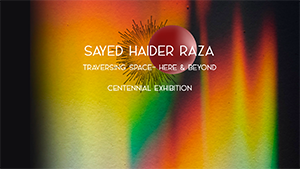
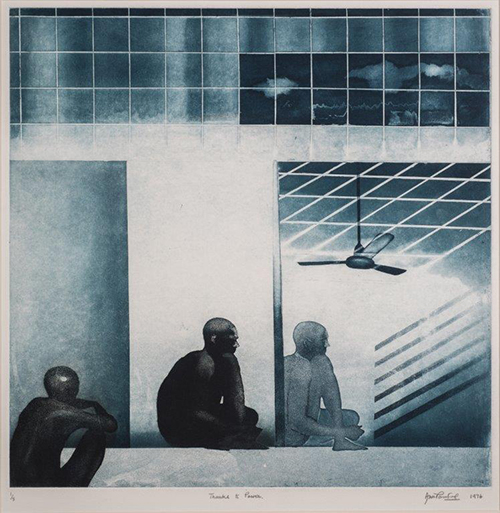
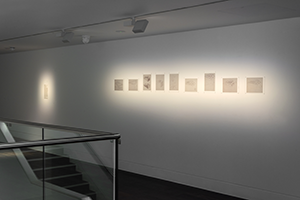
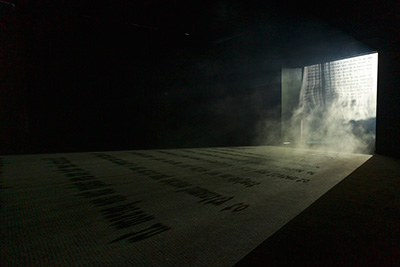
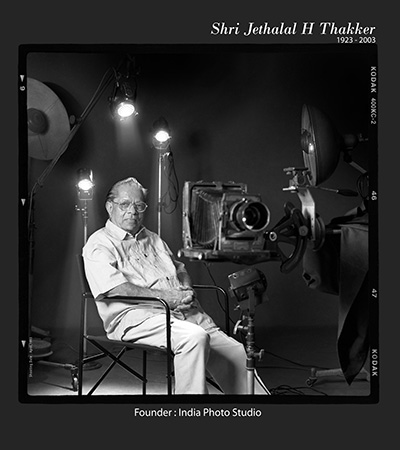
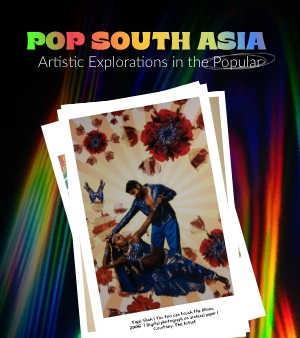
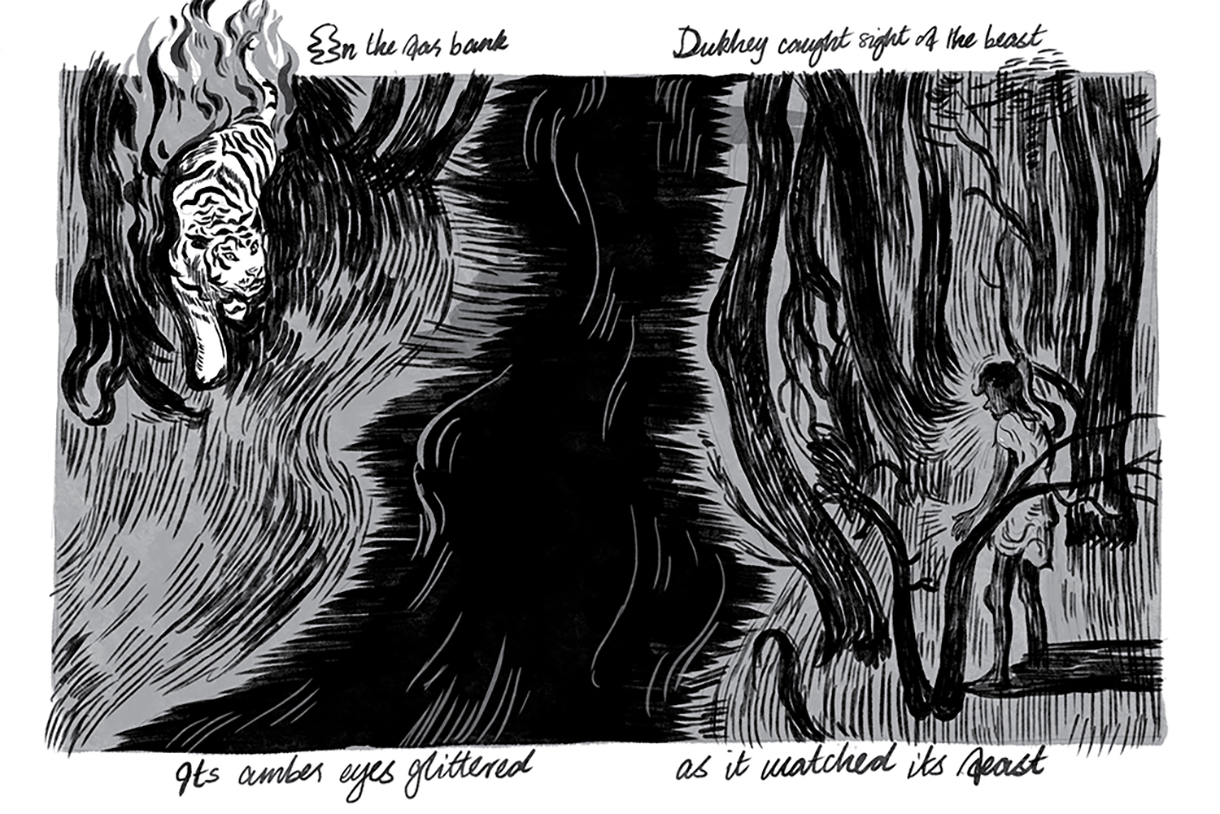
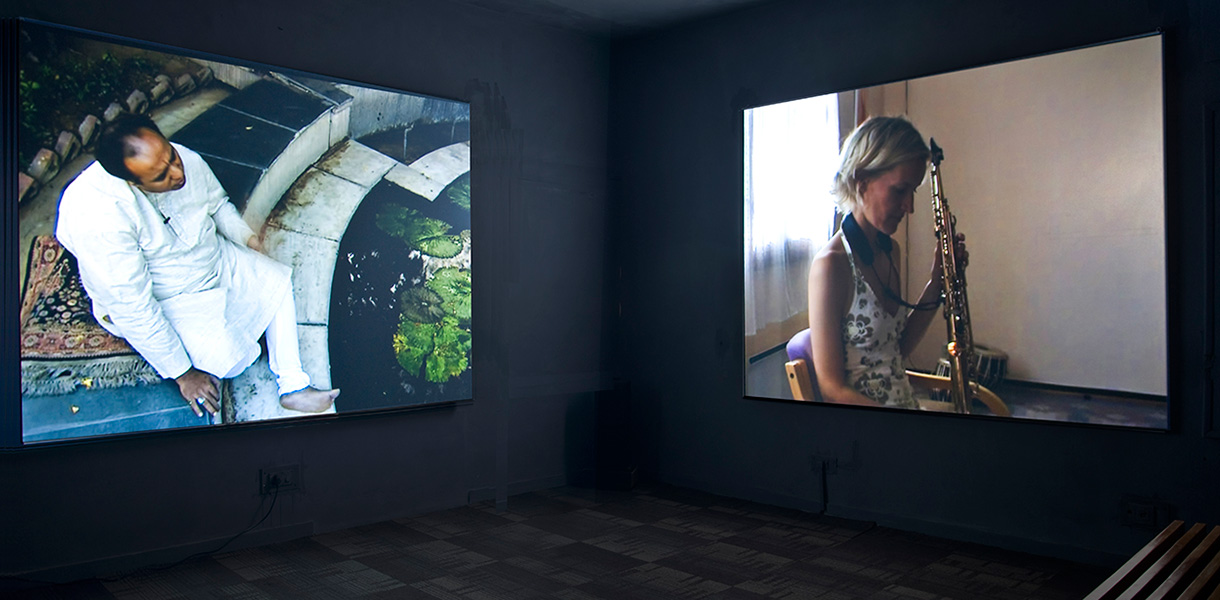
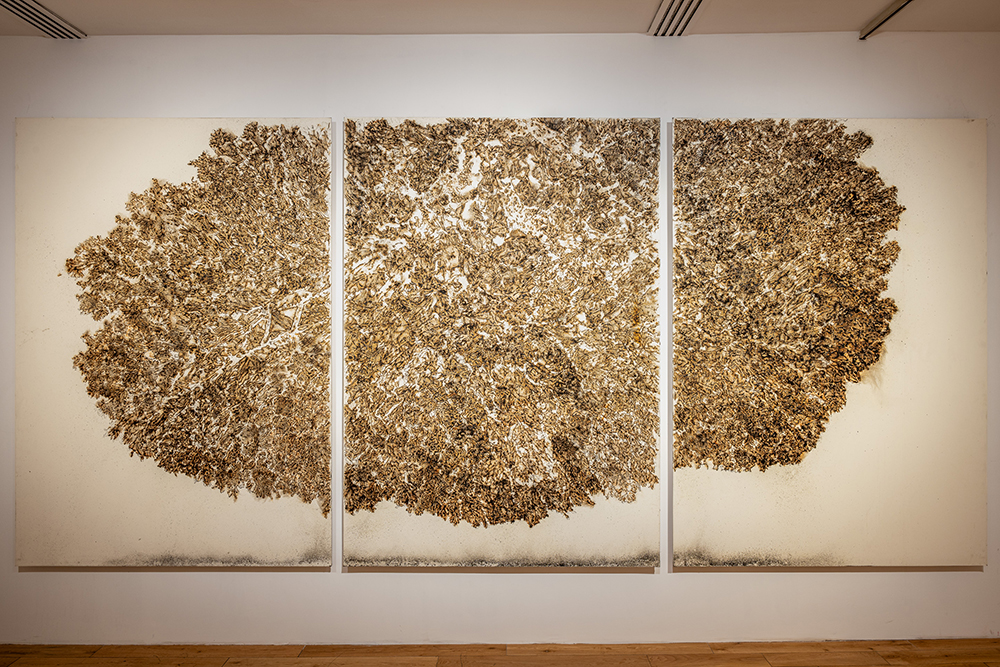
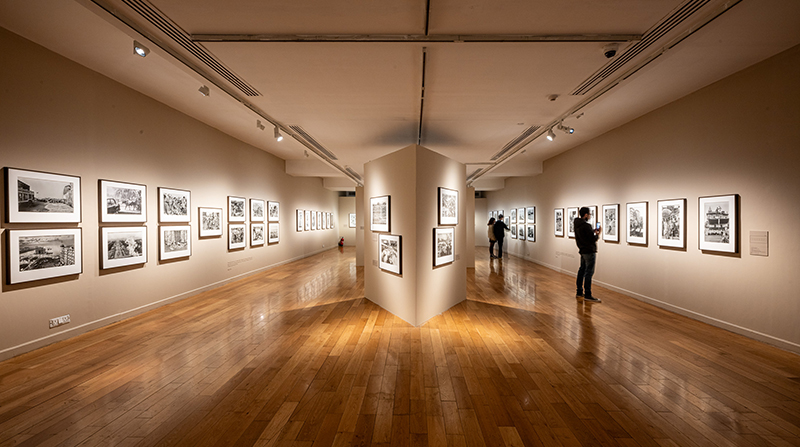
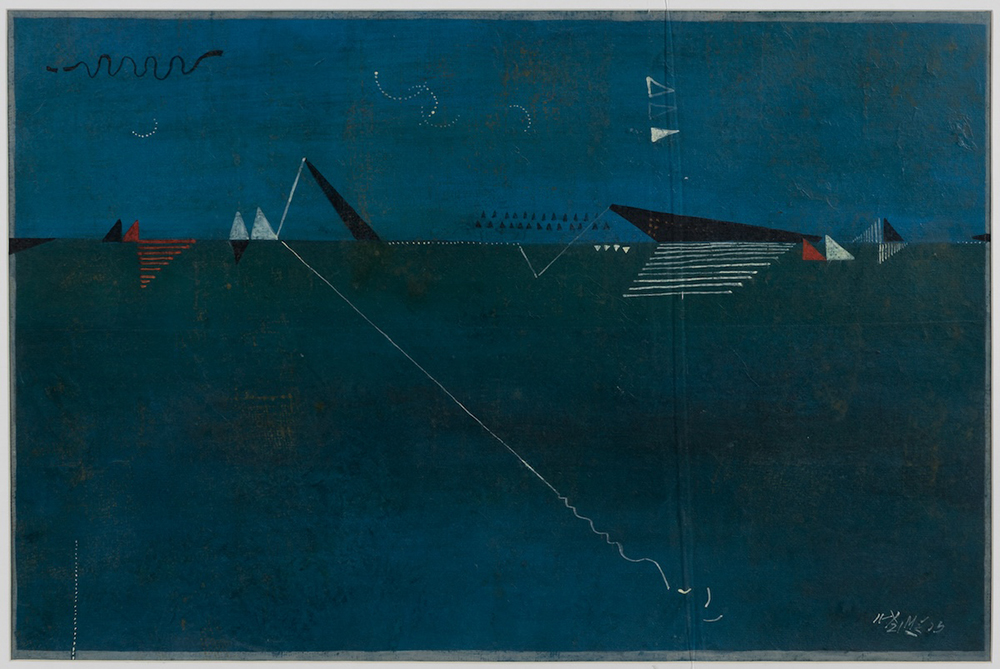
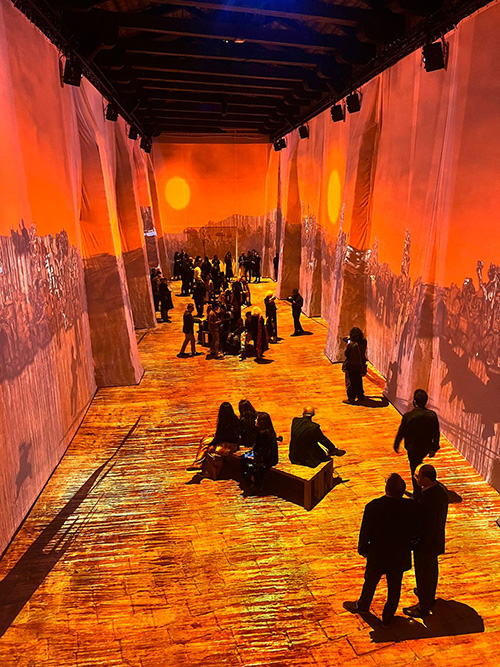
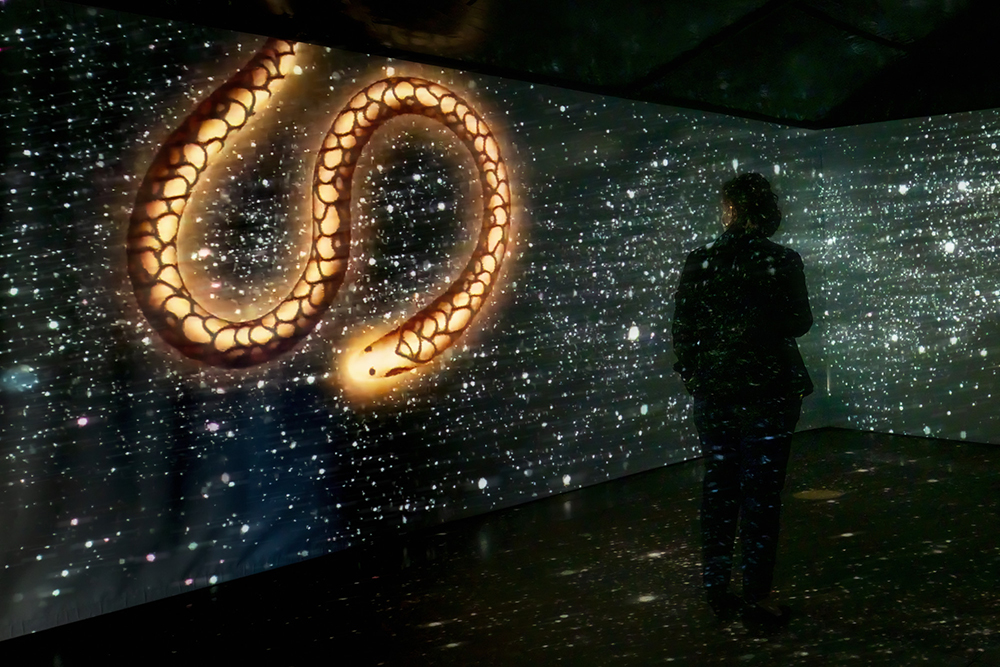
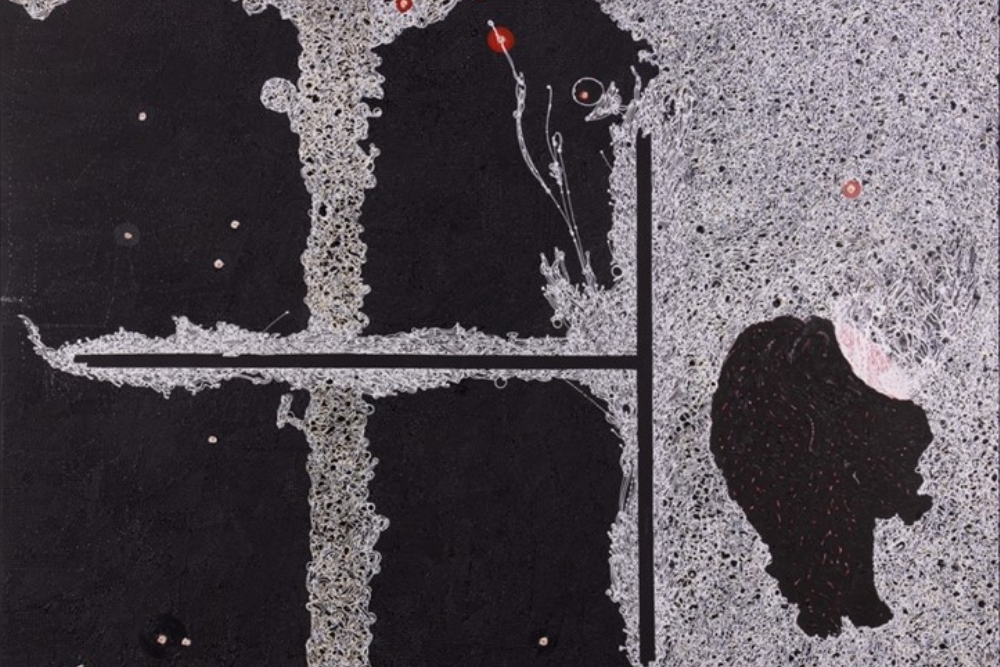
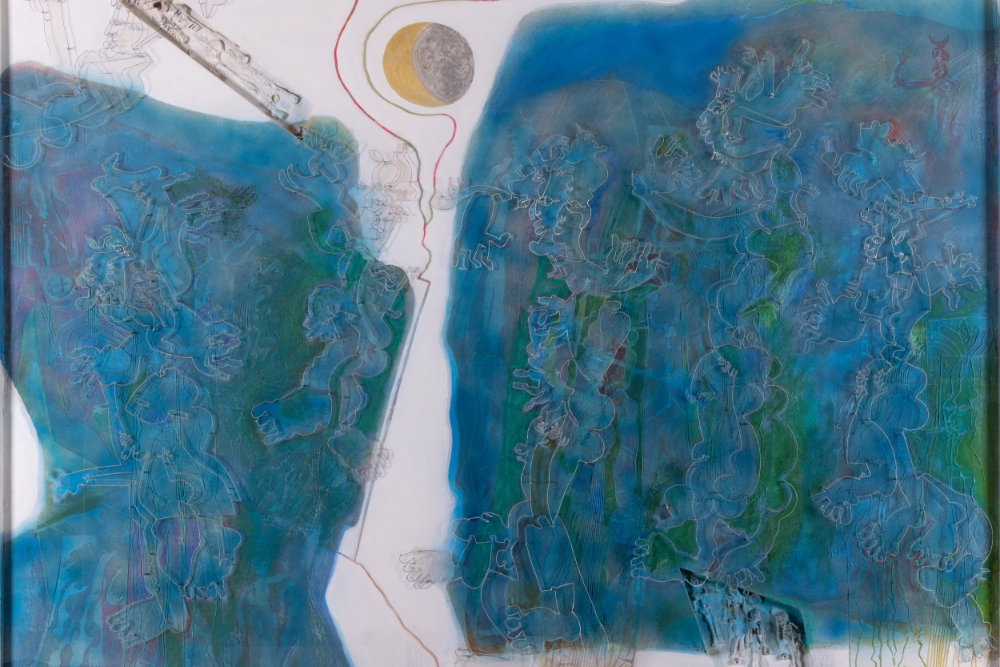
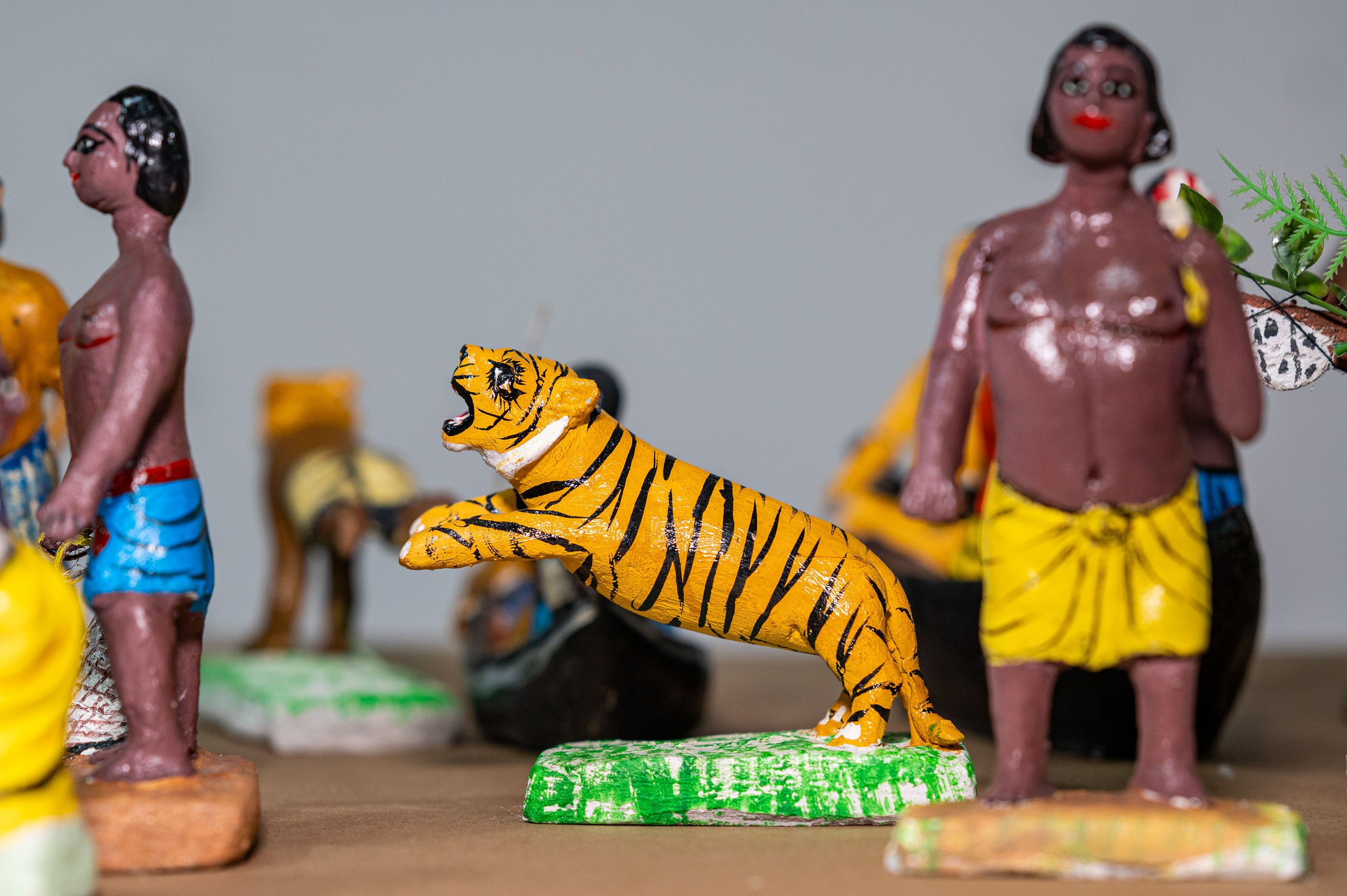

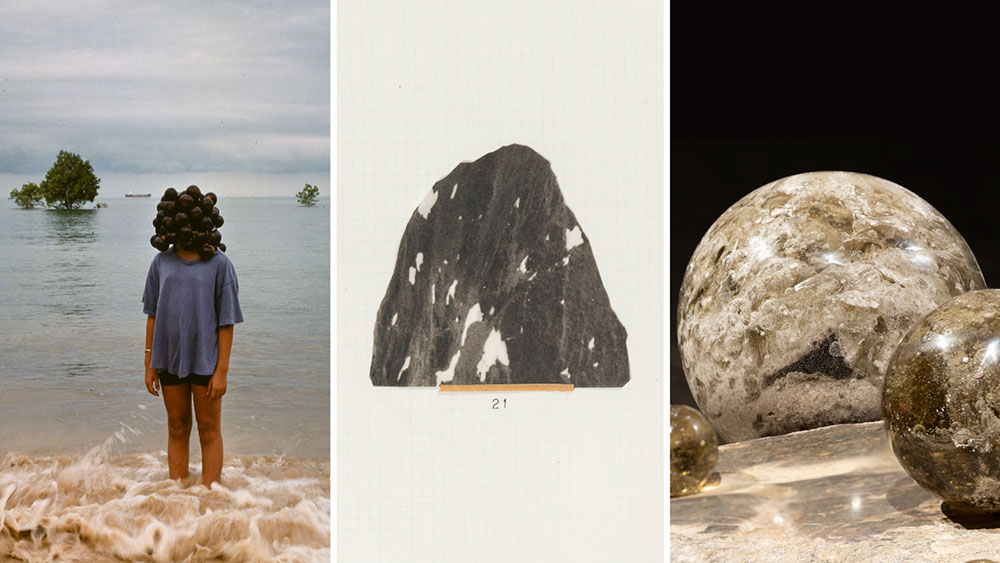

.png)

